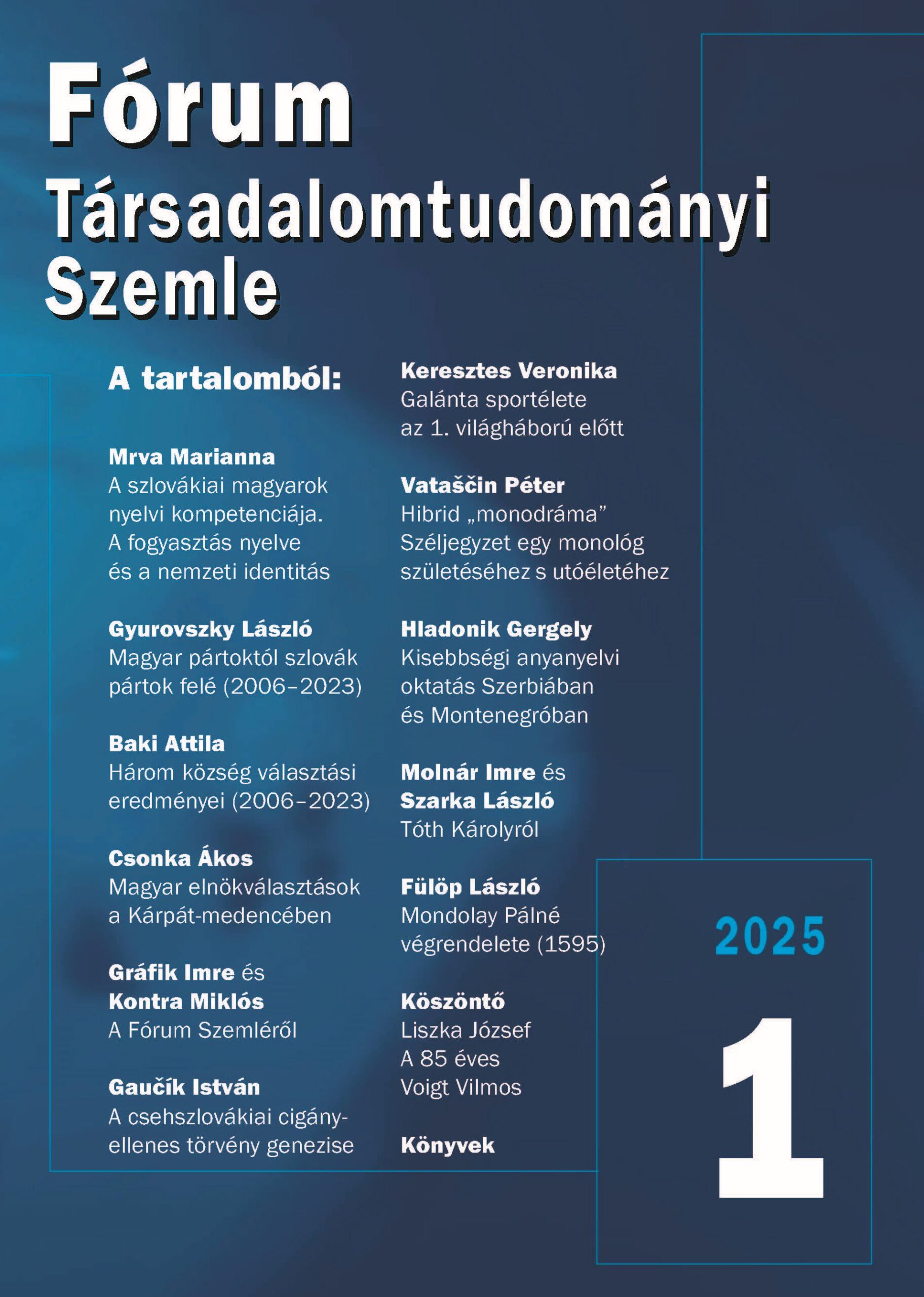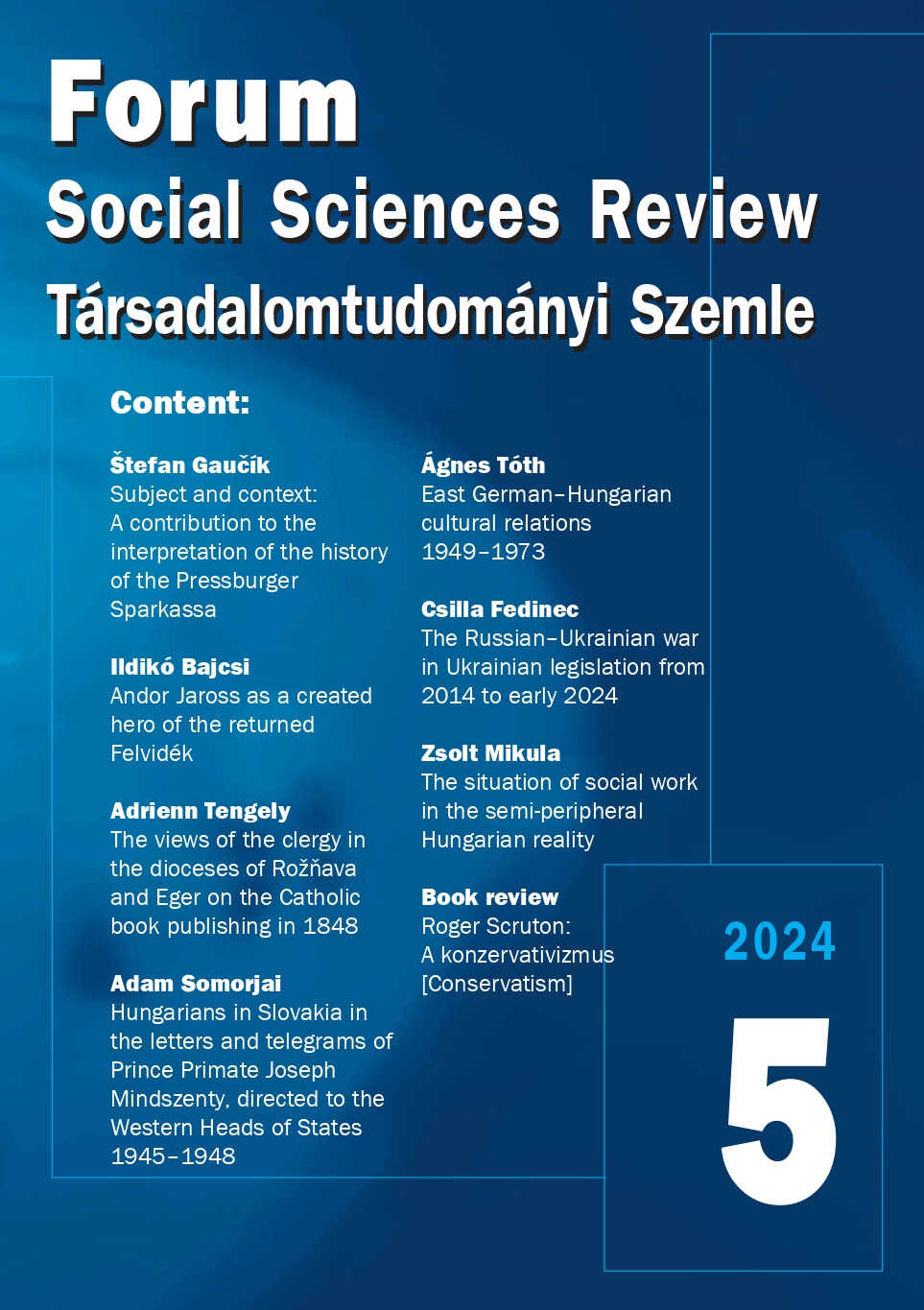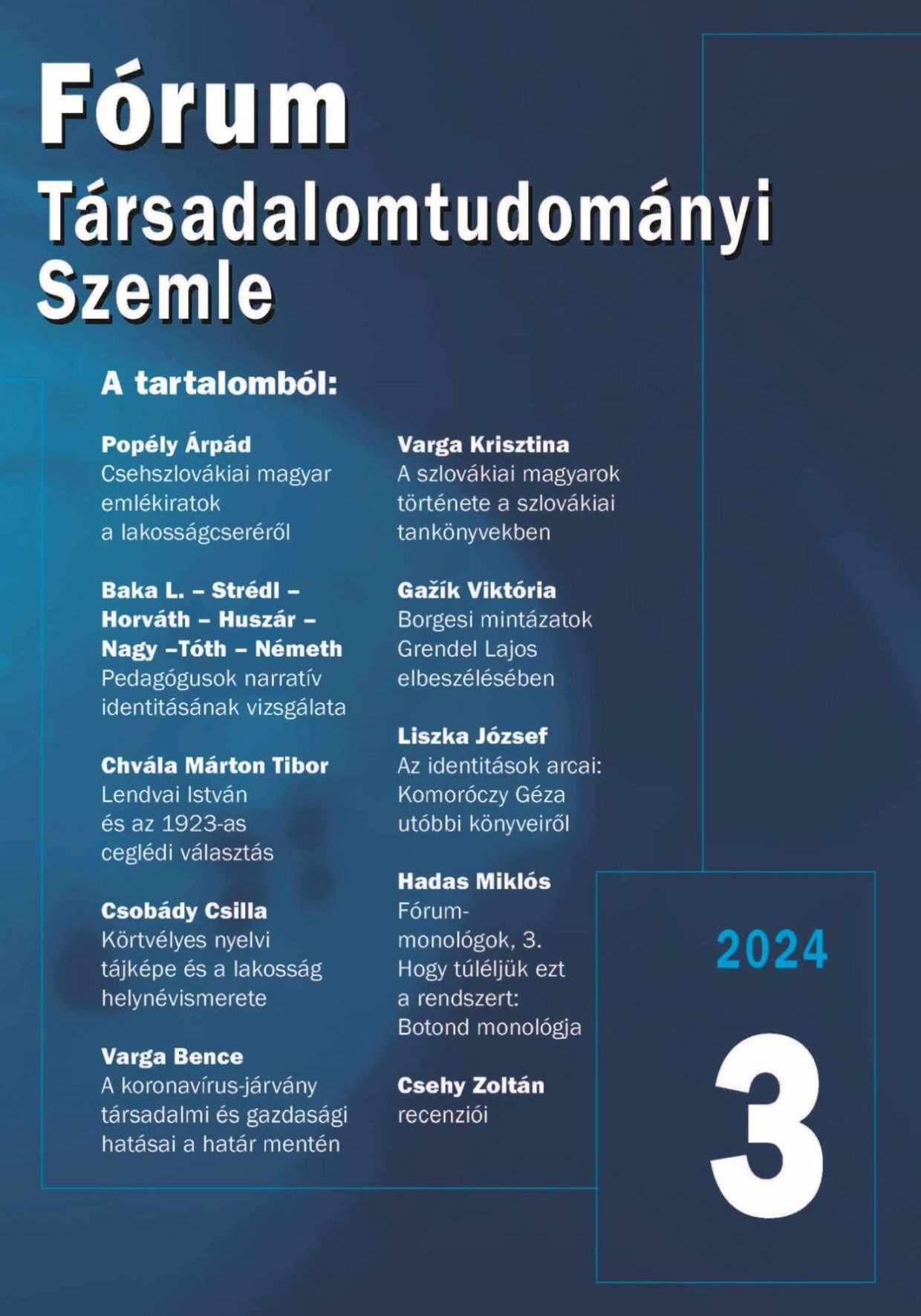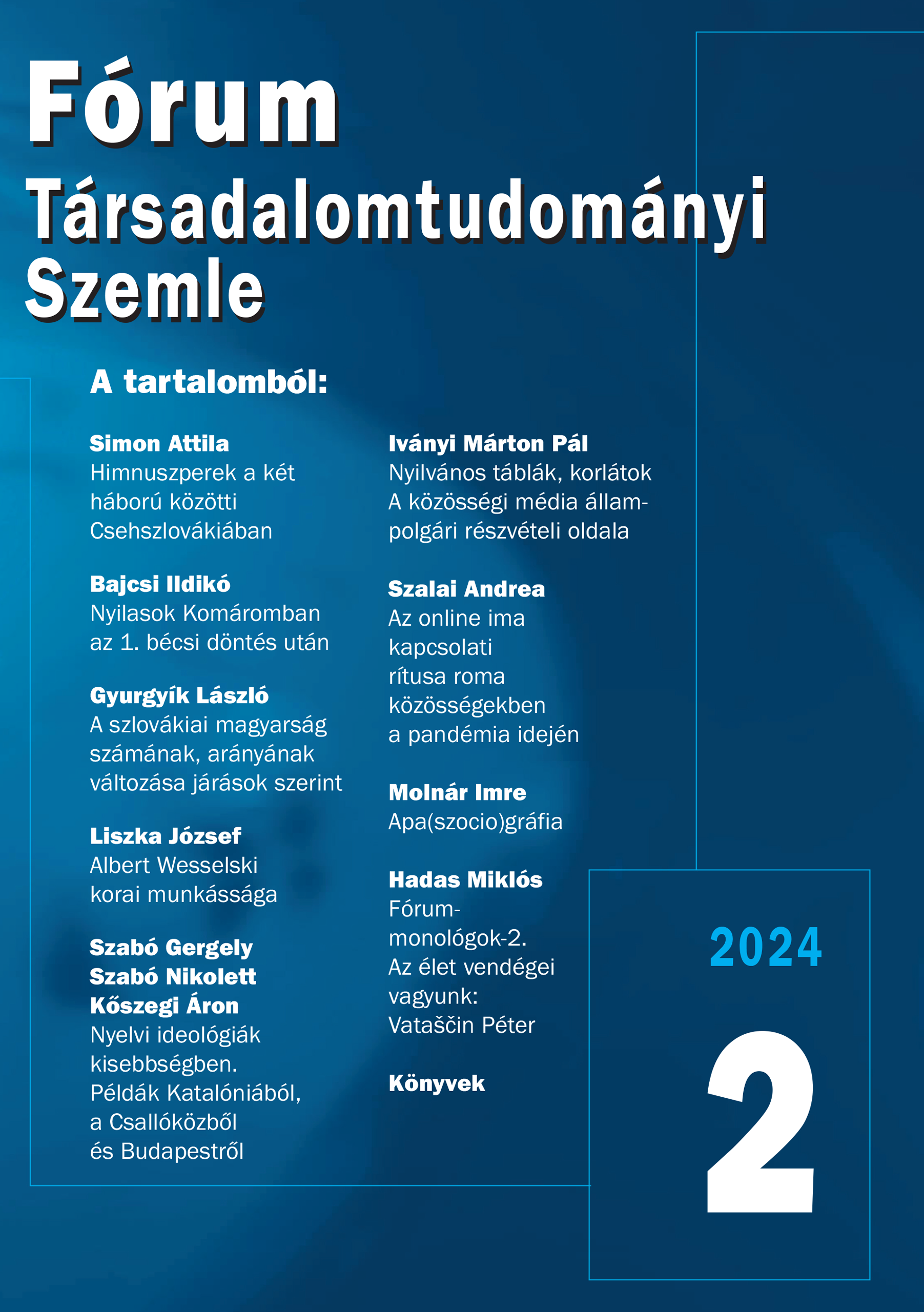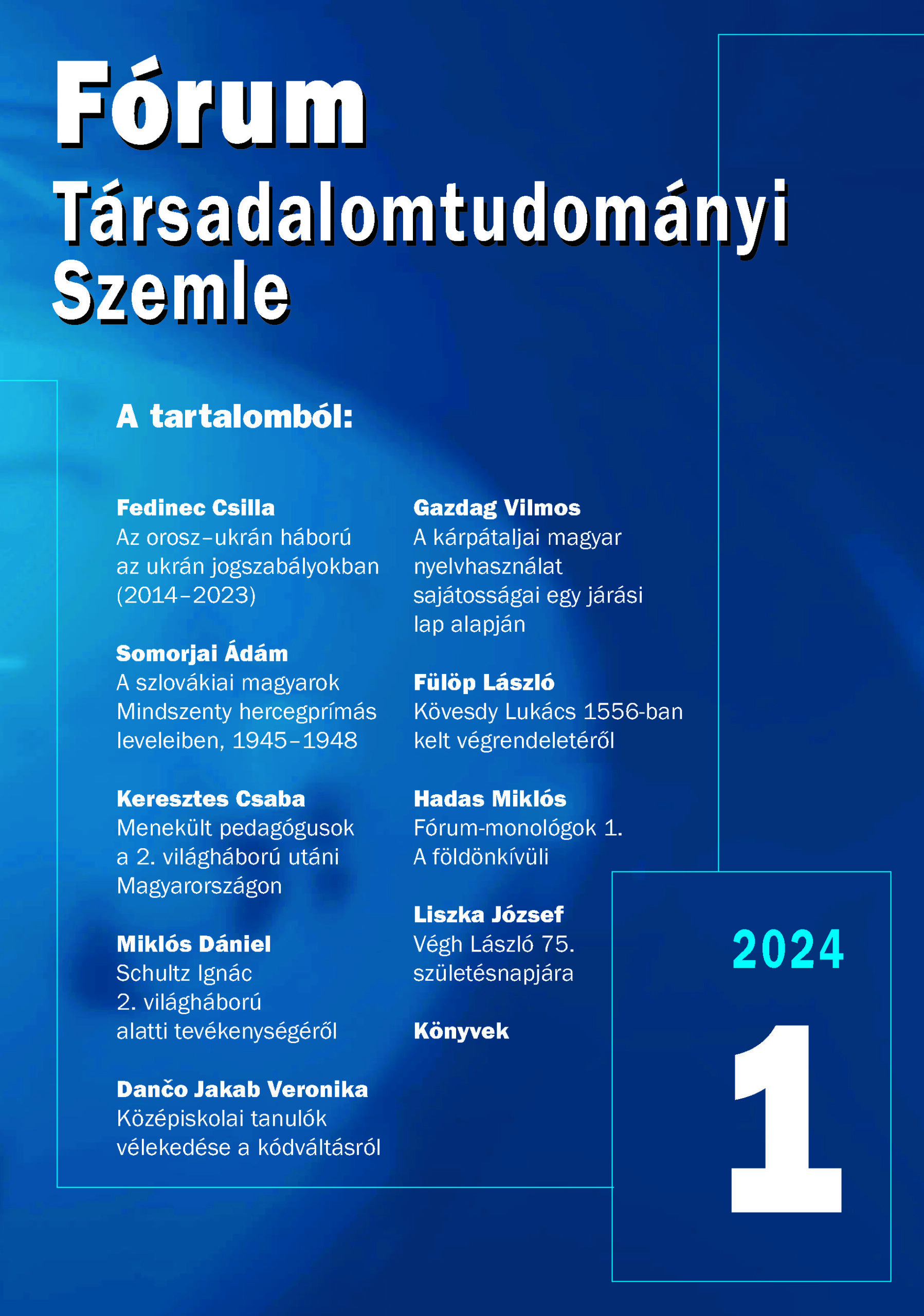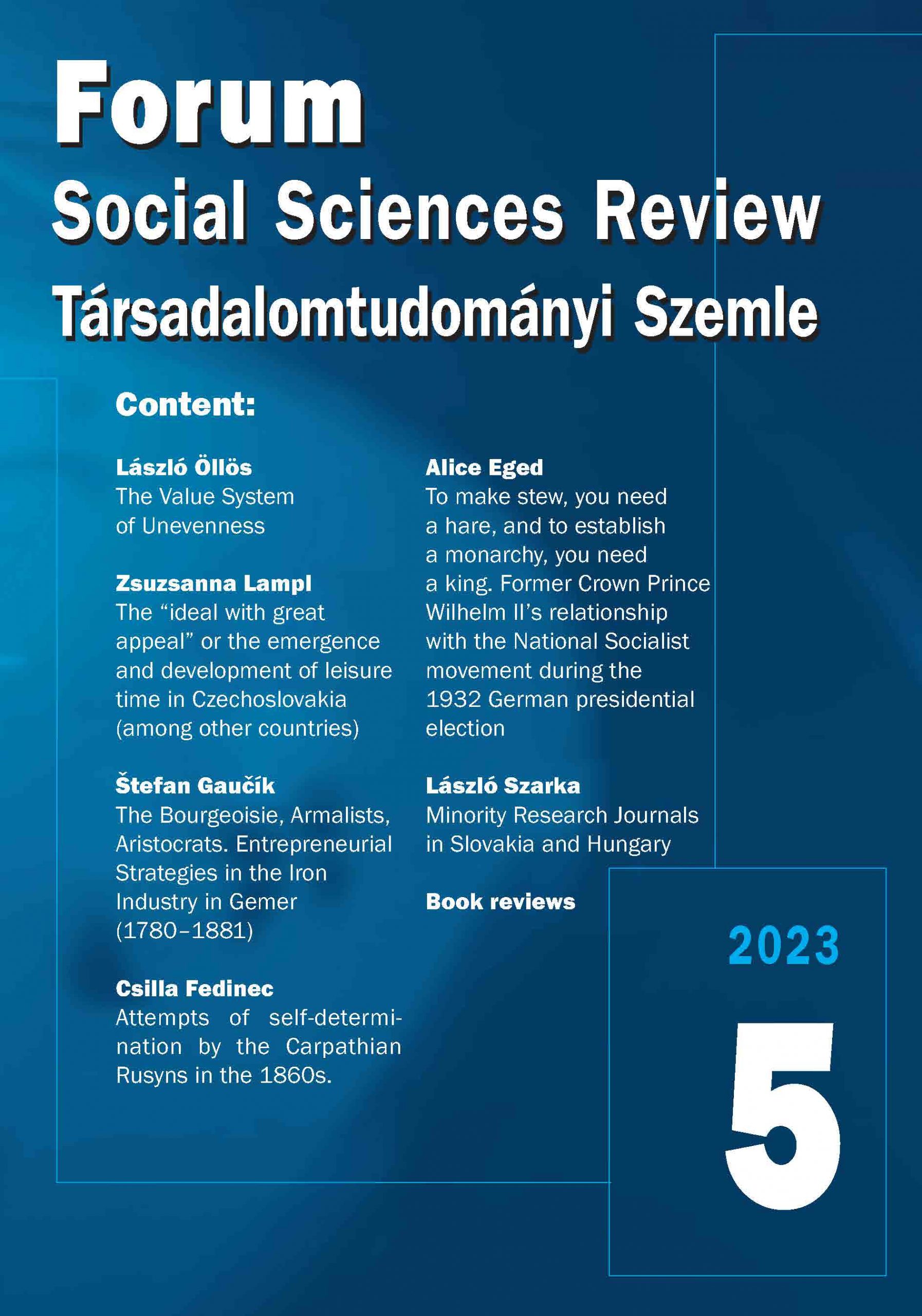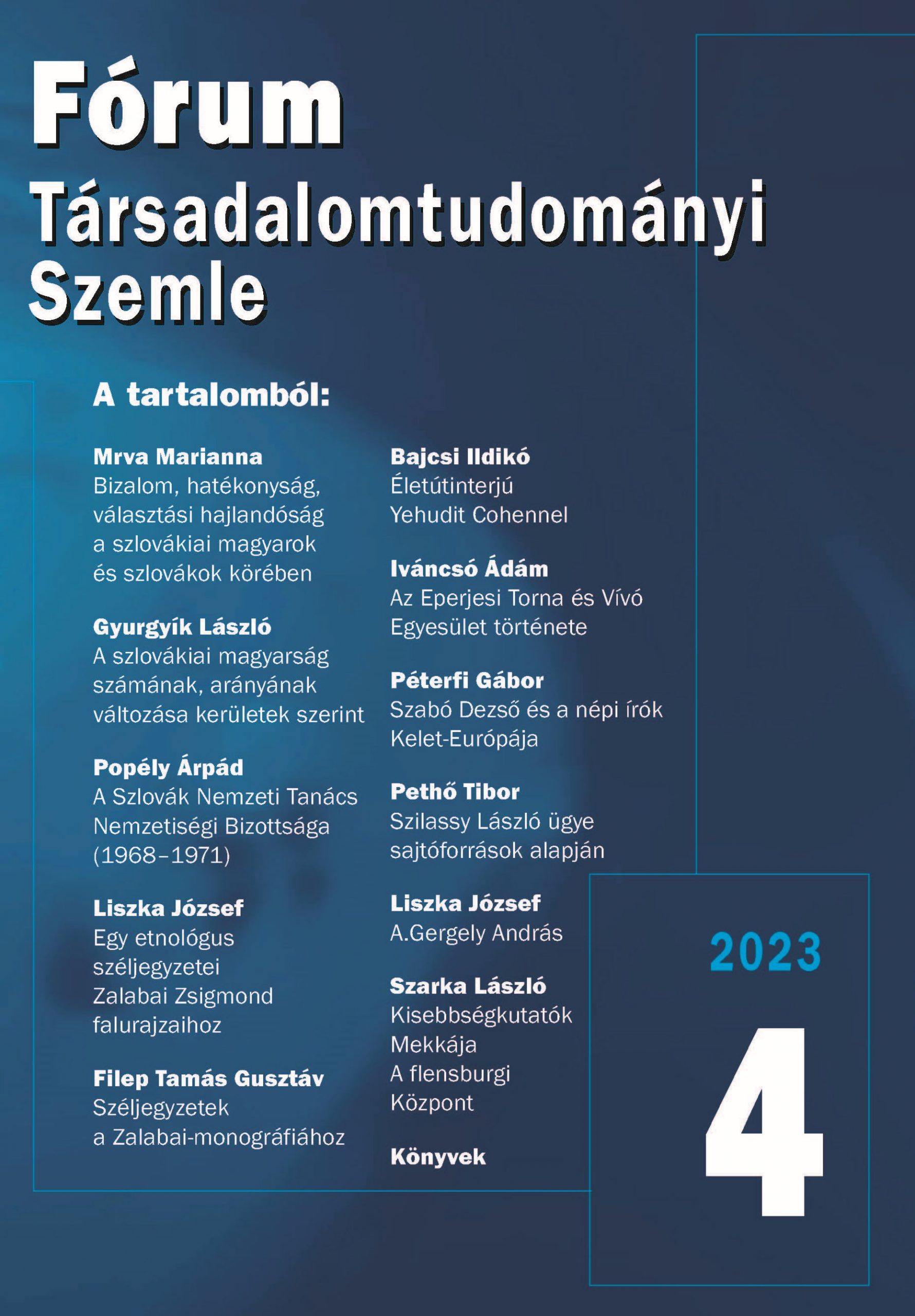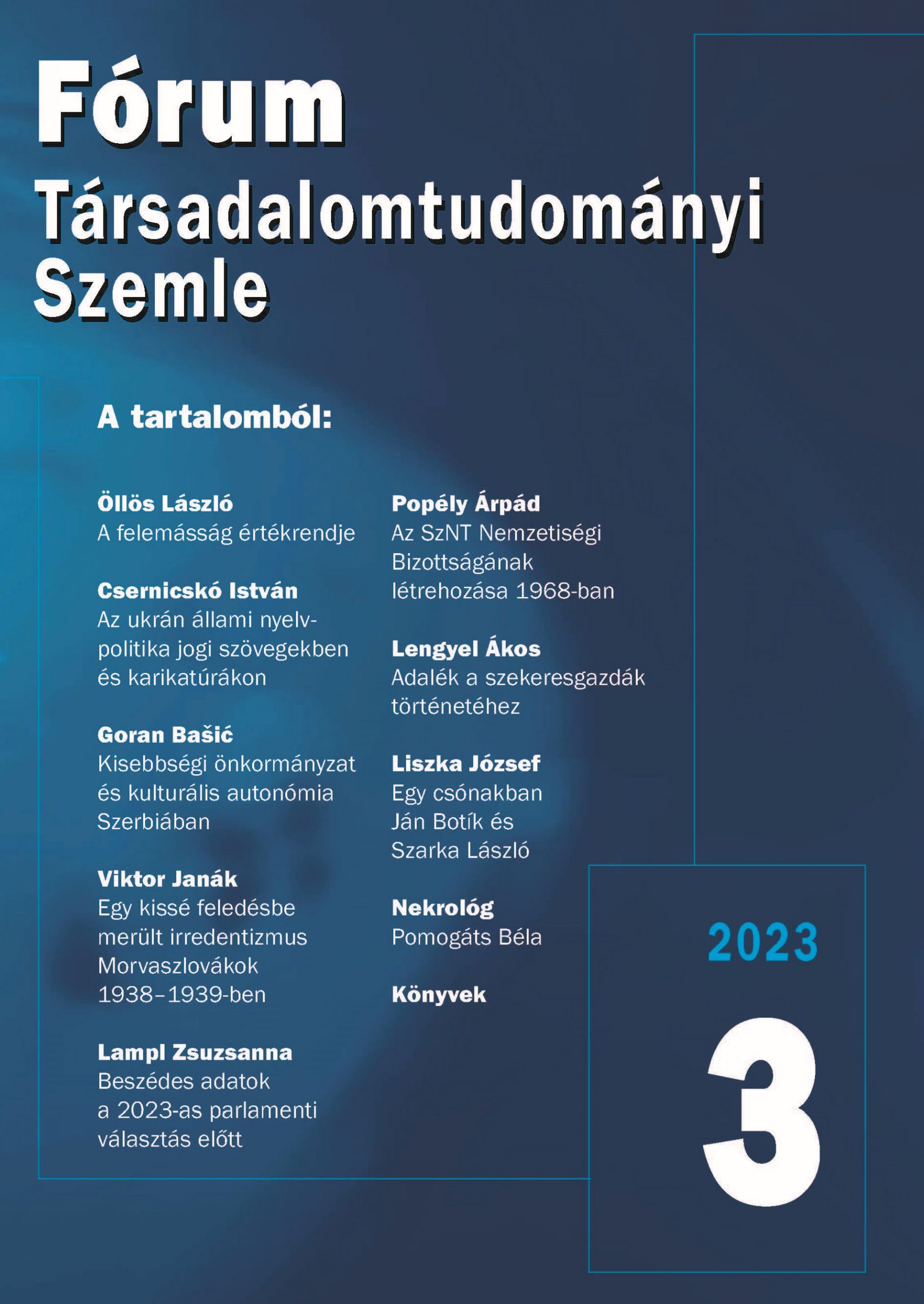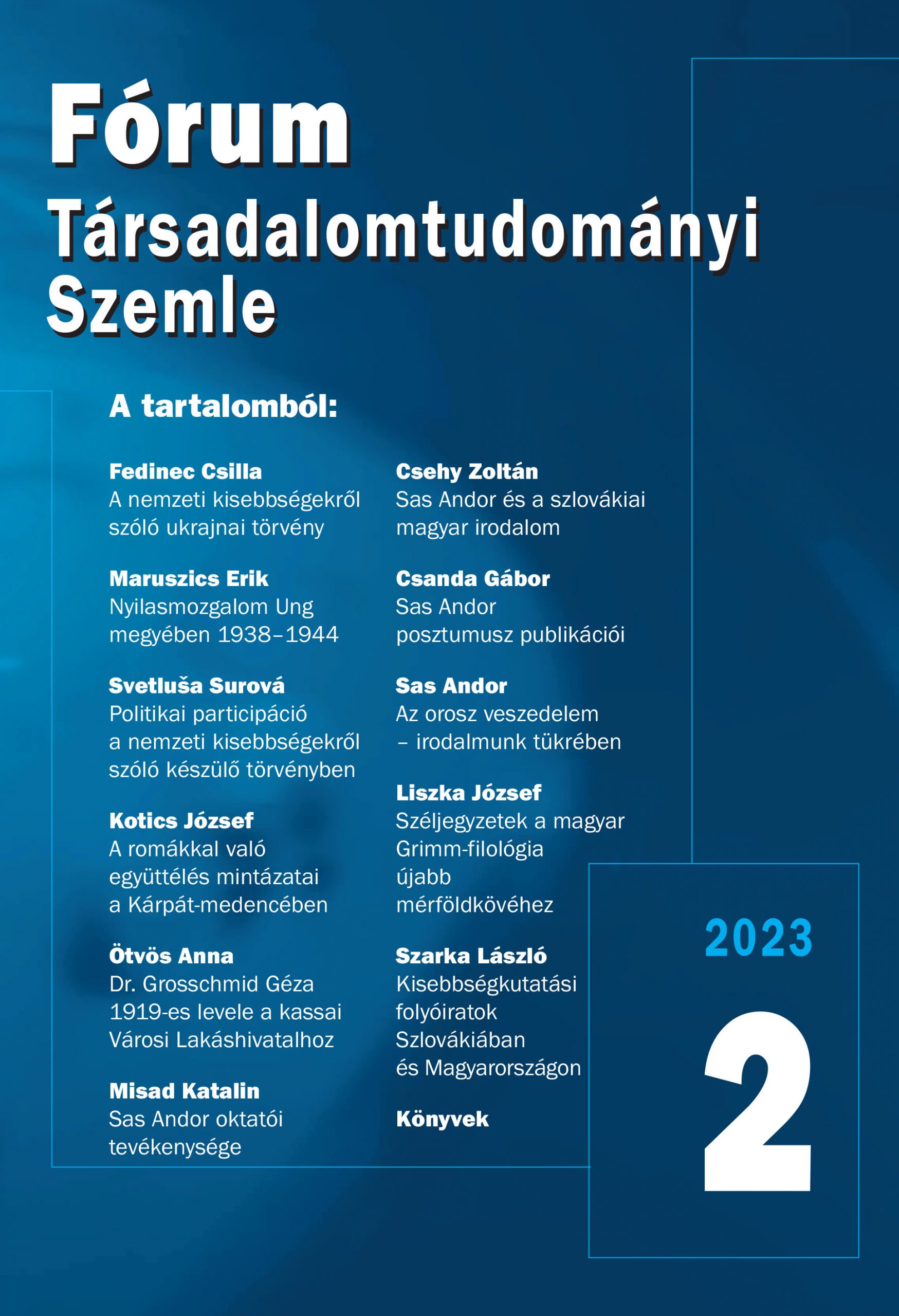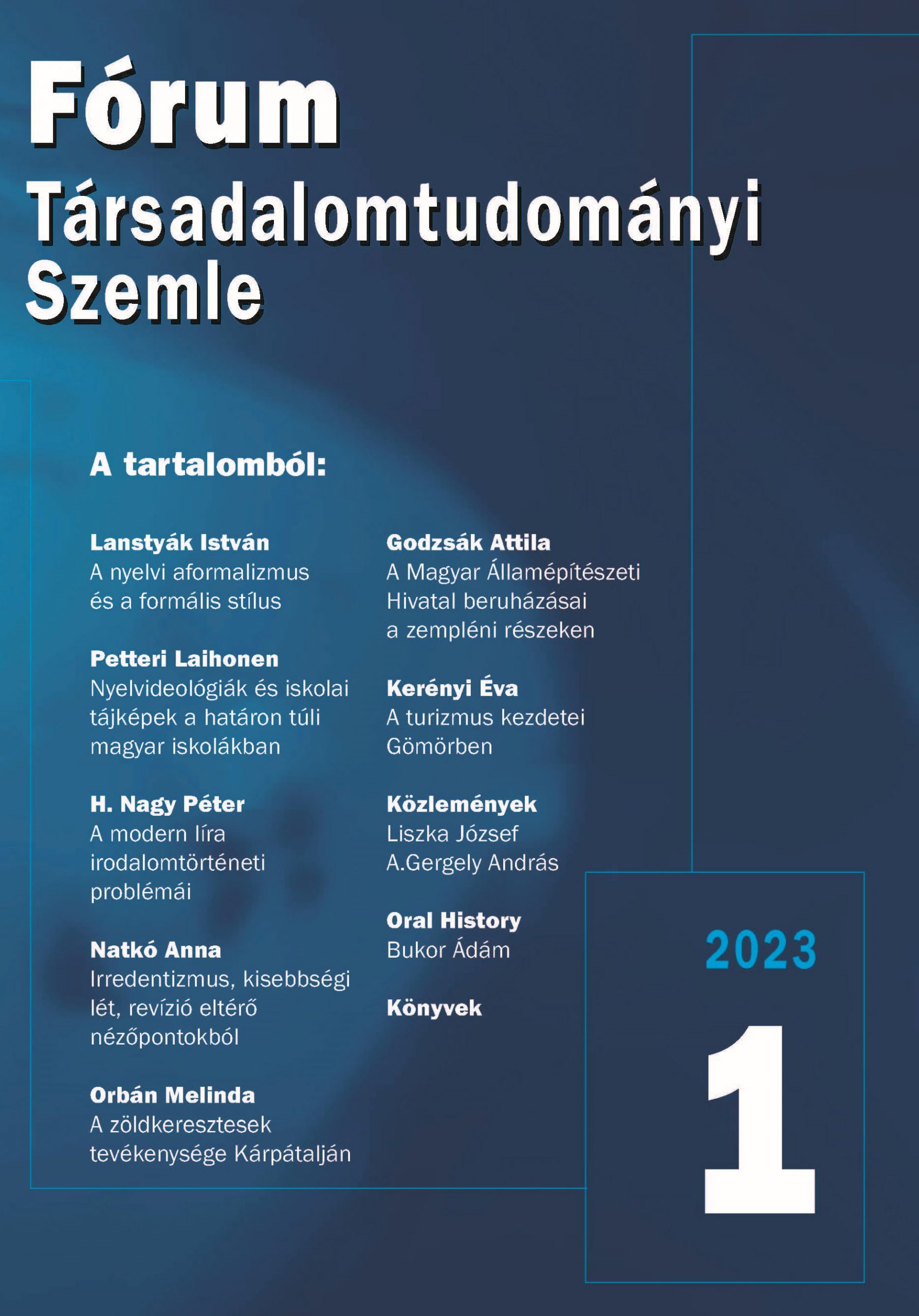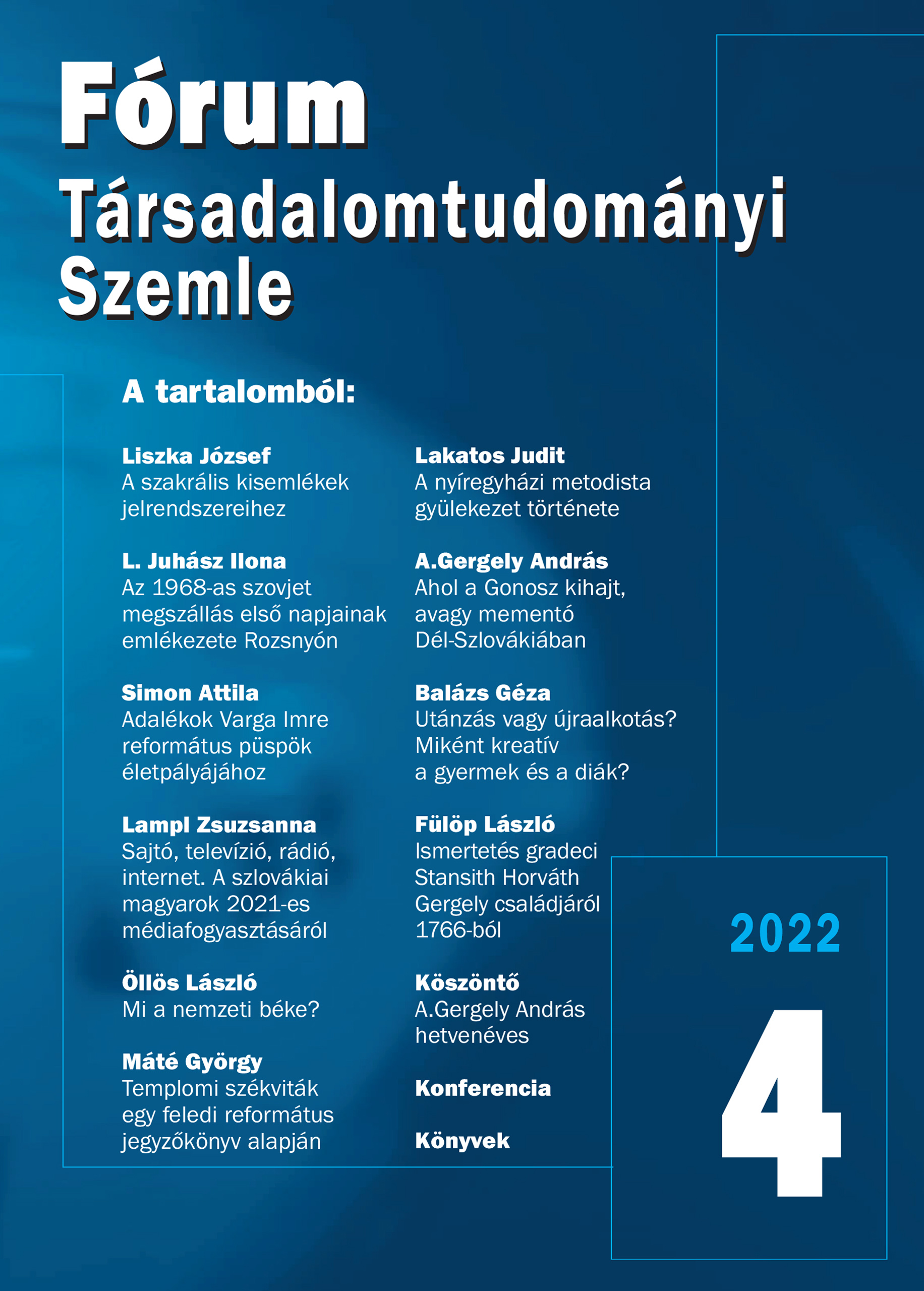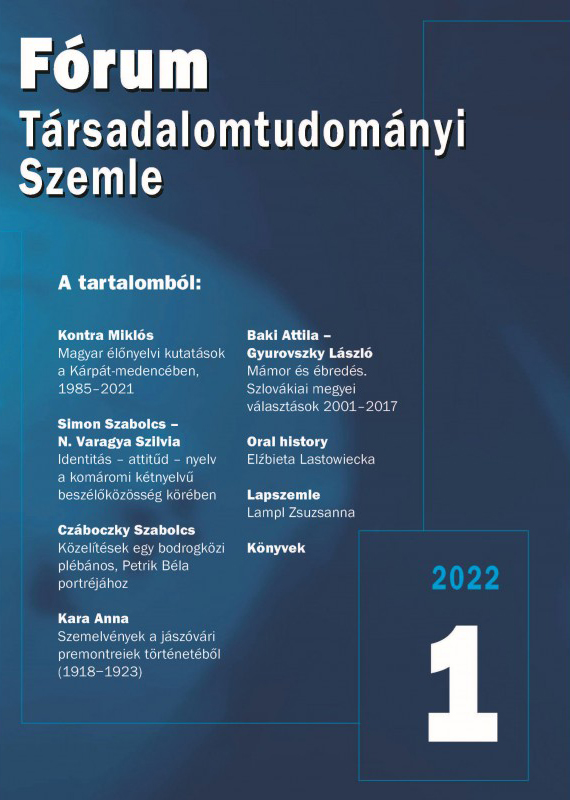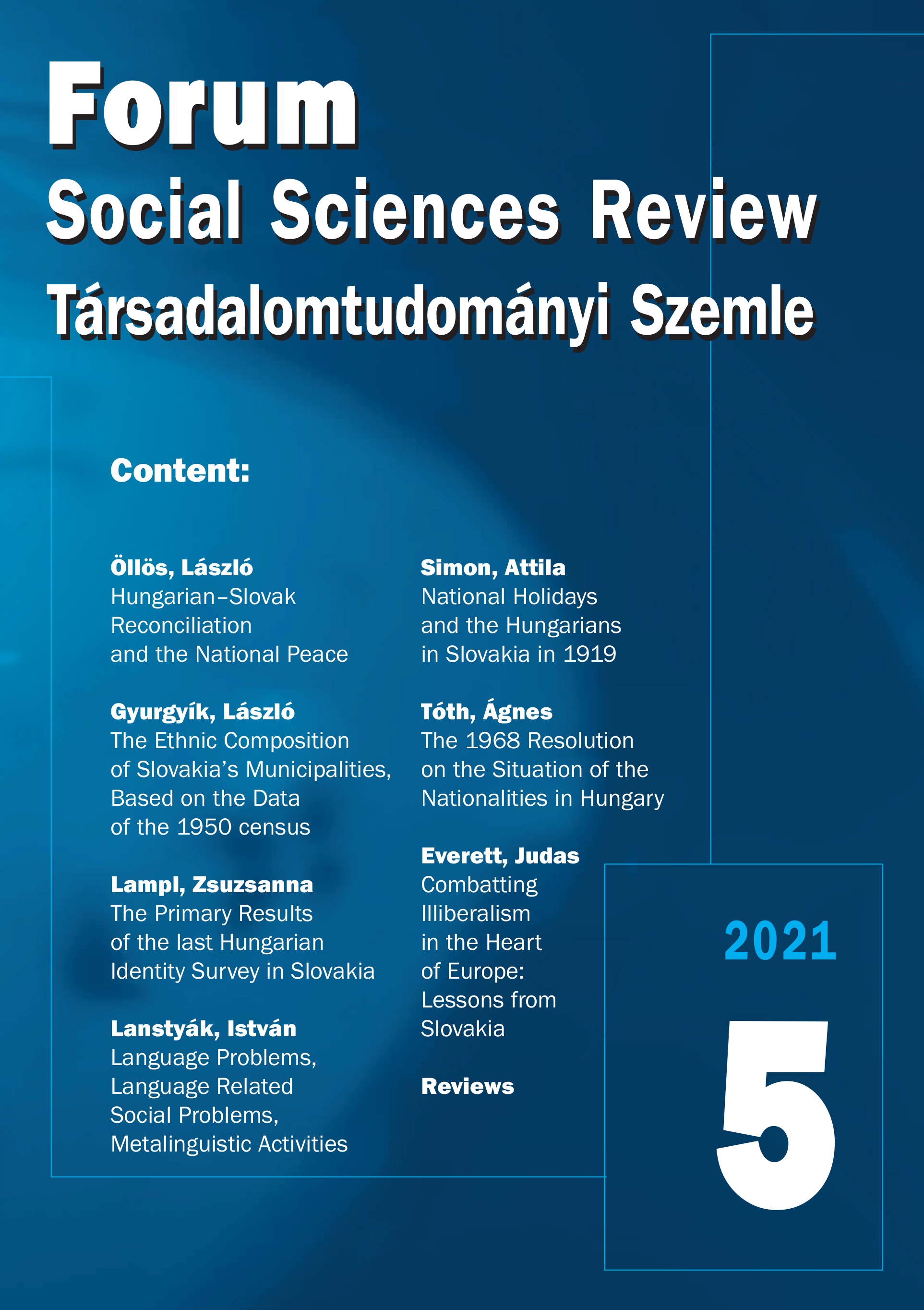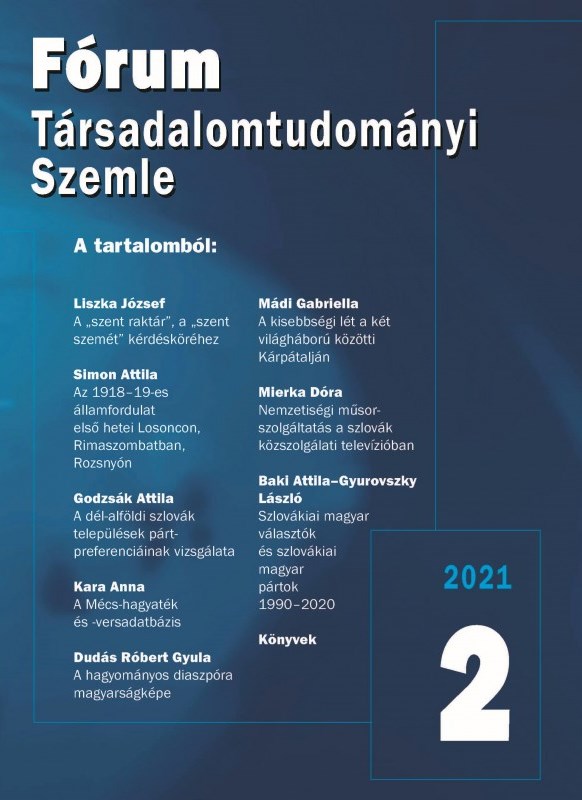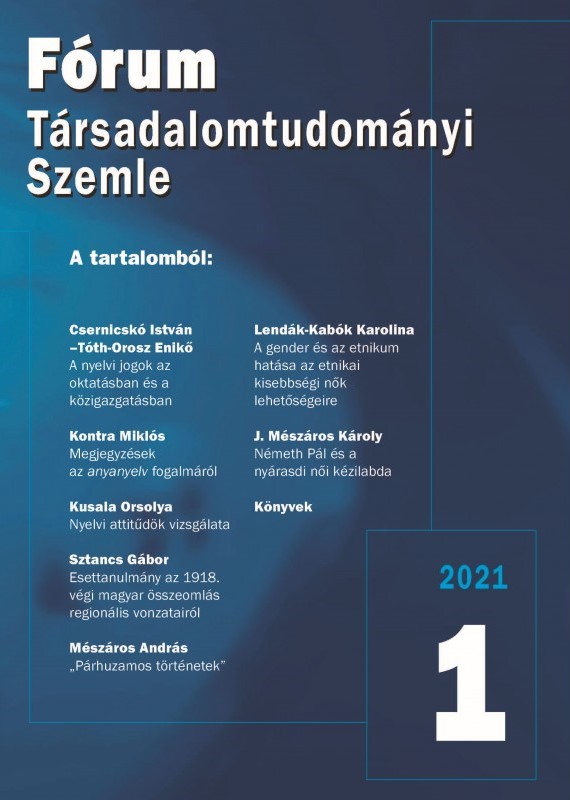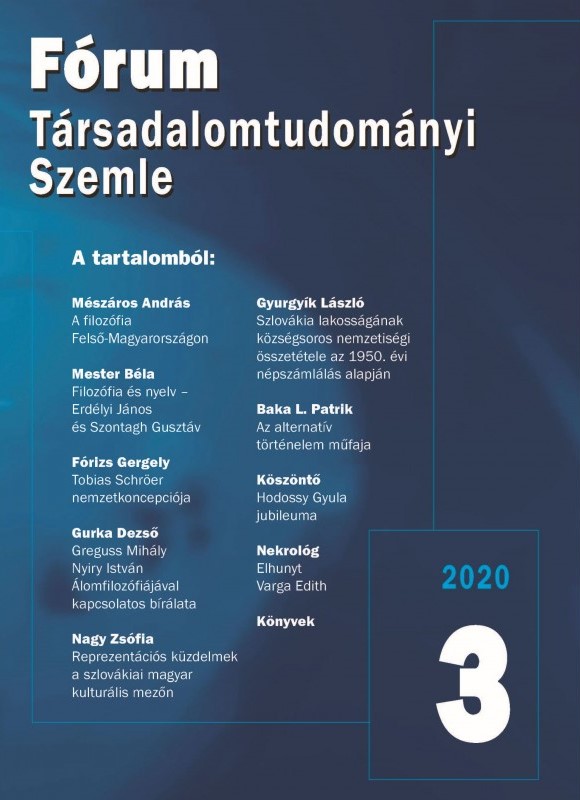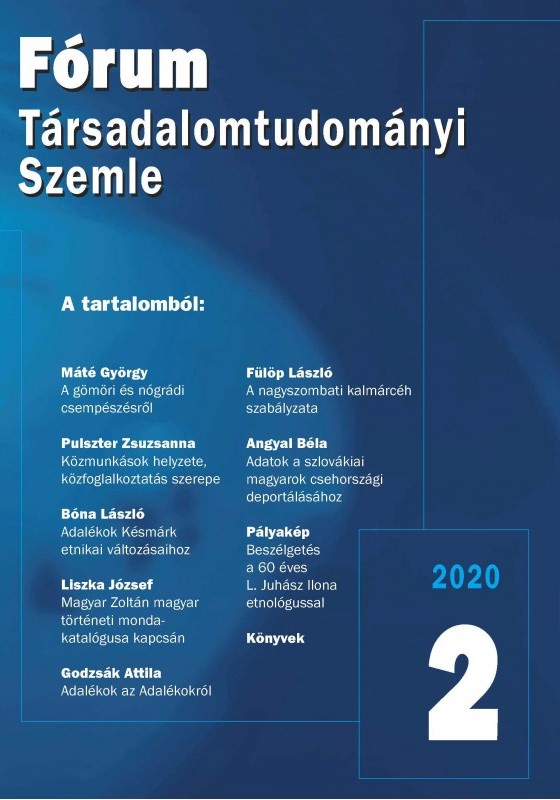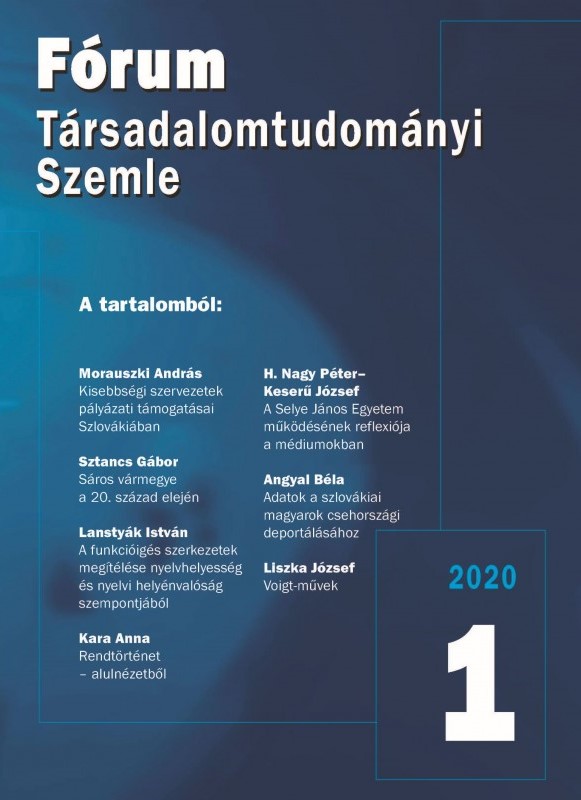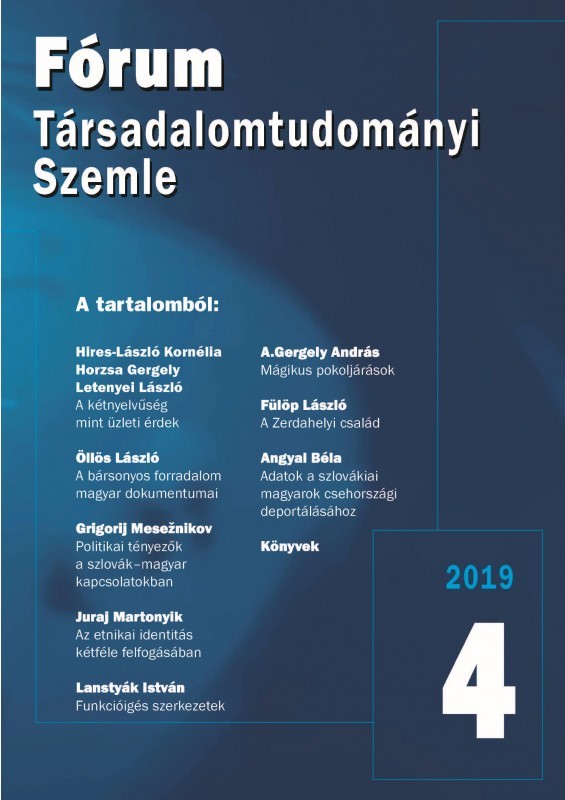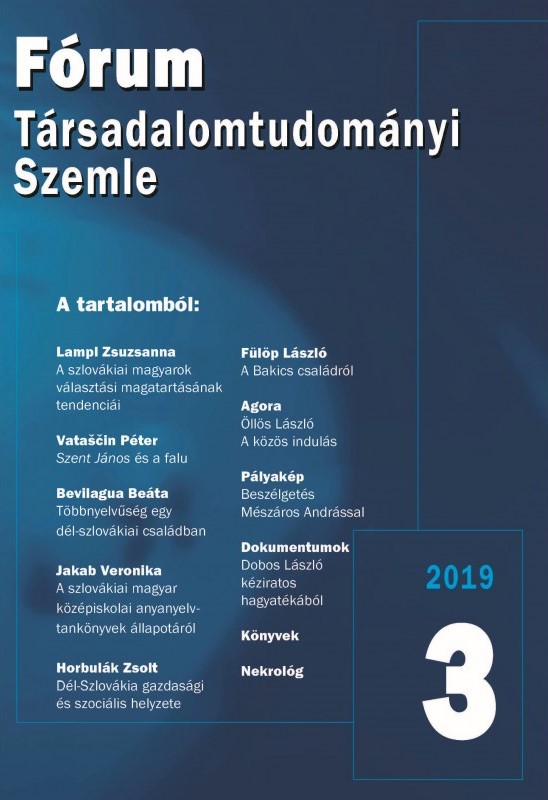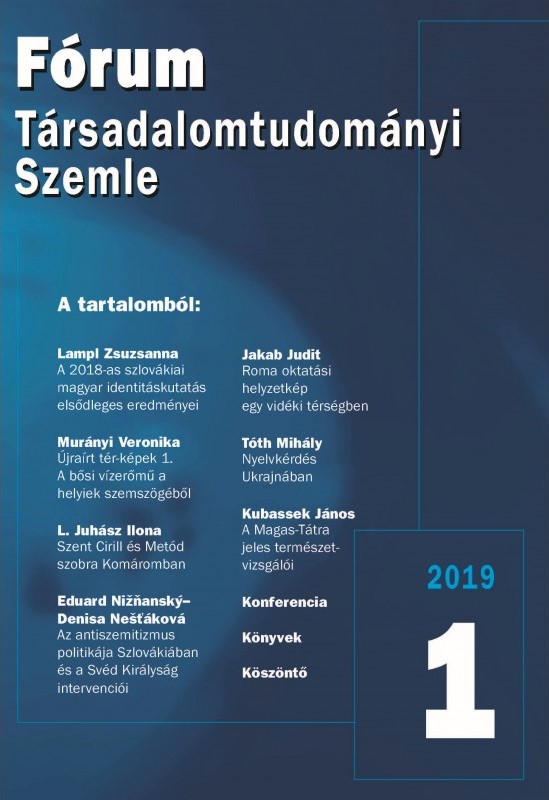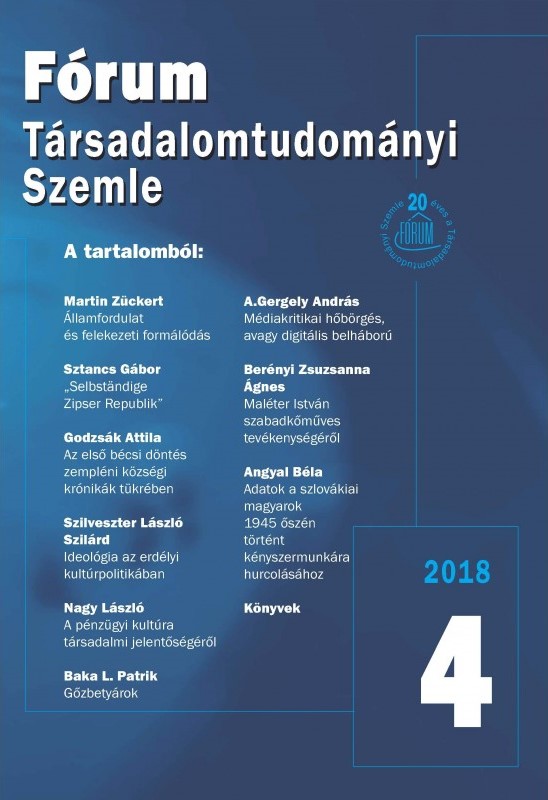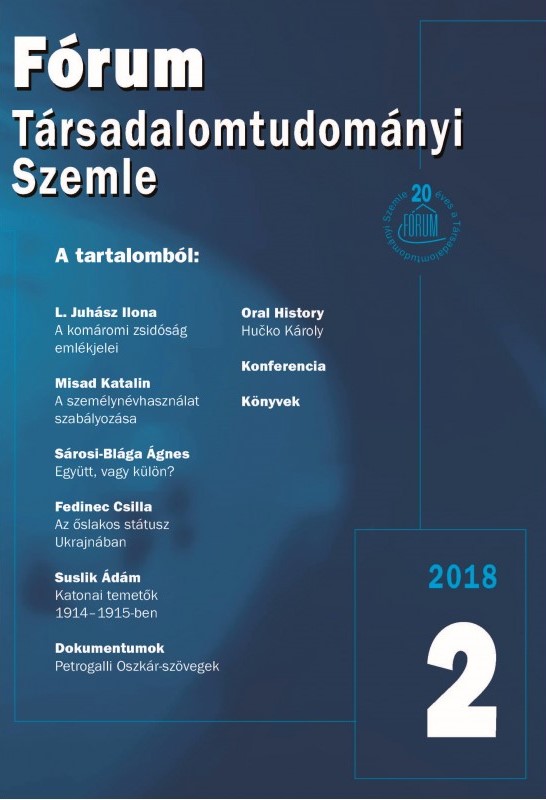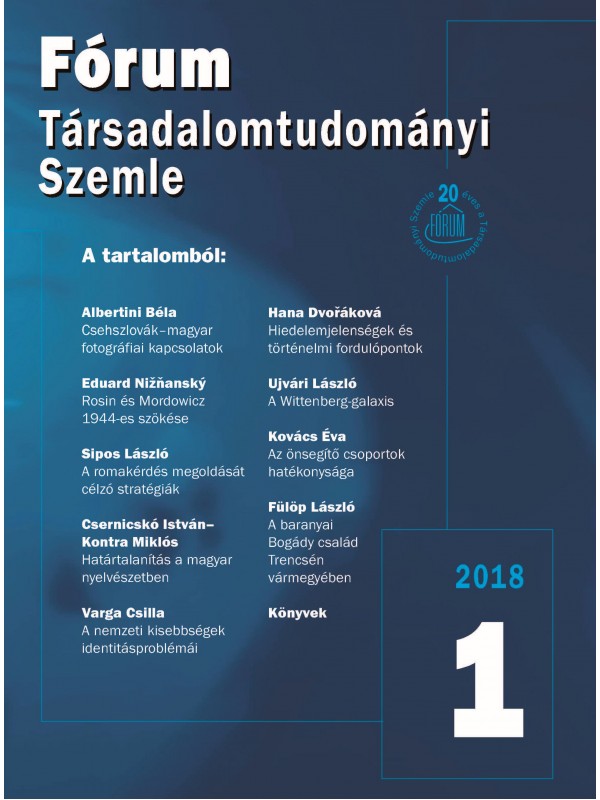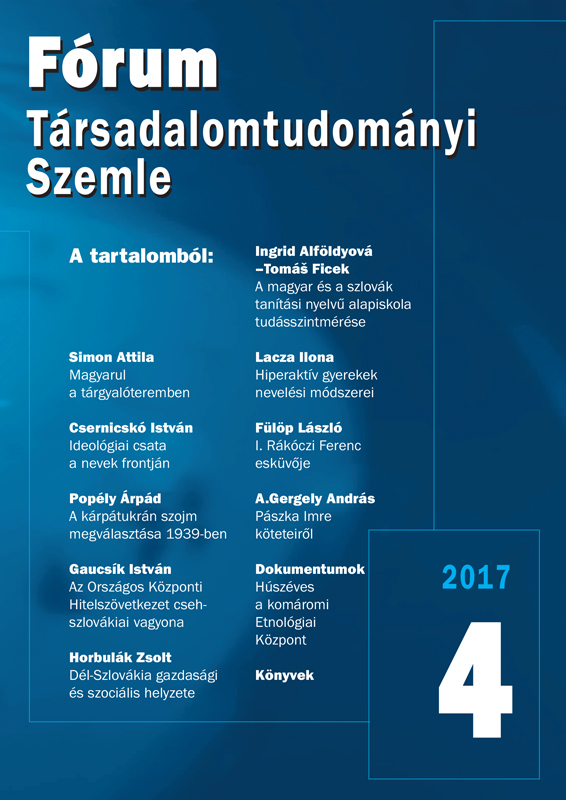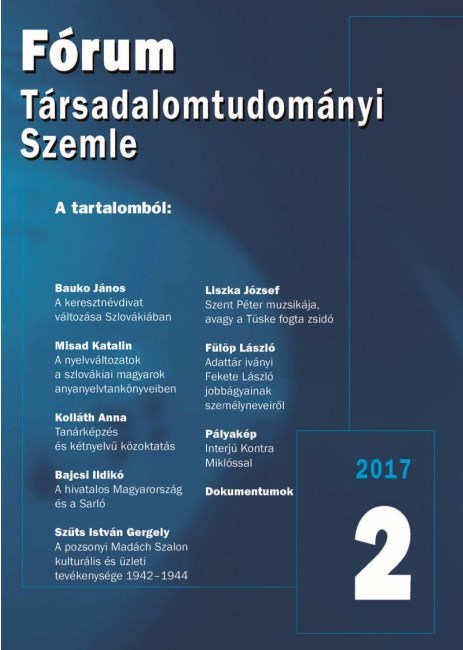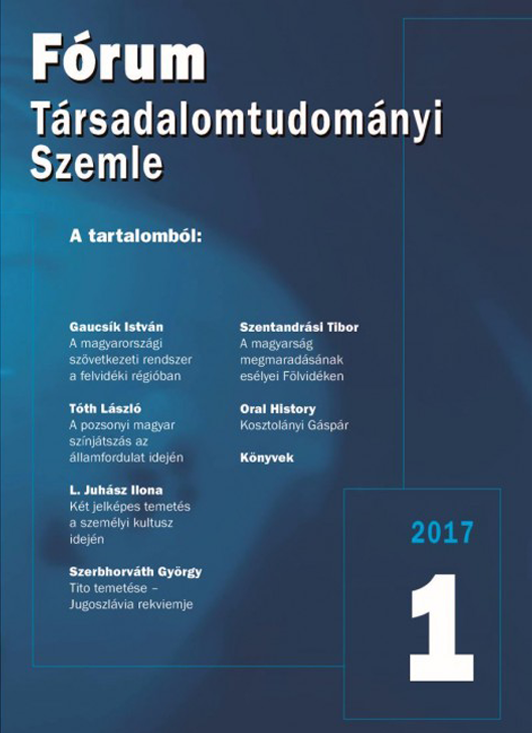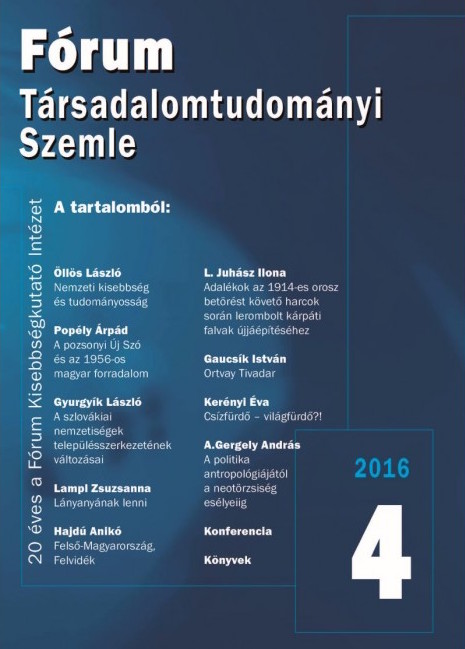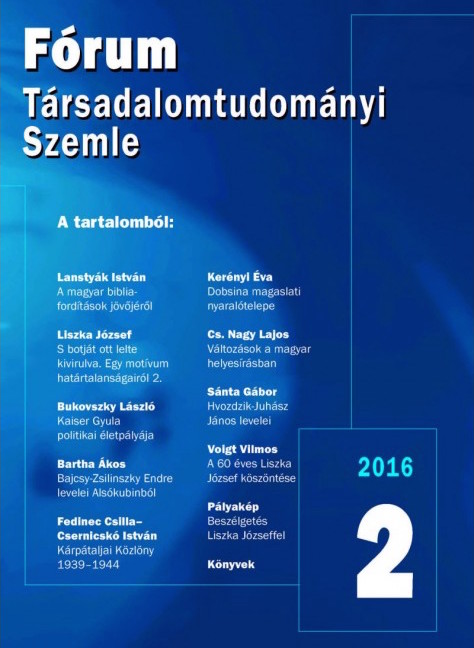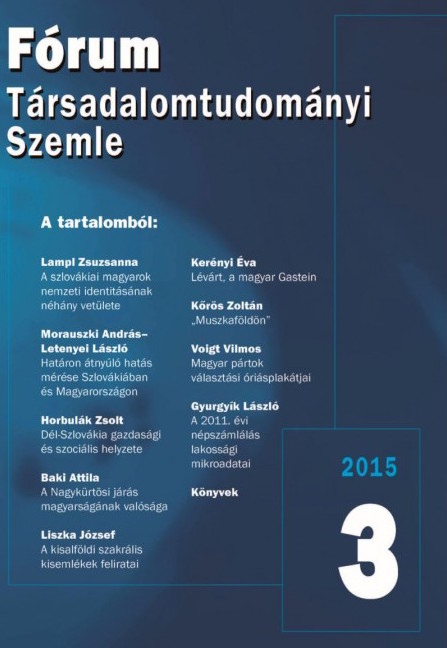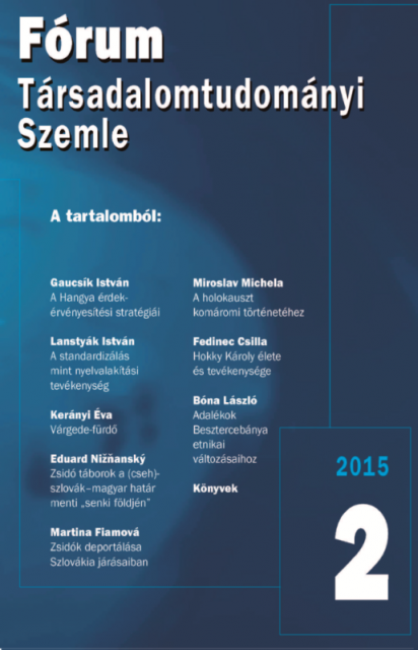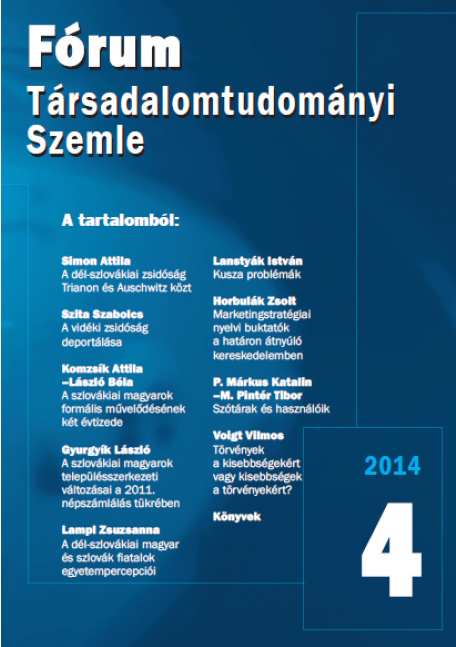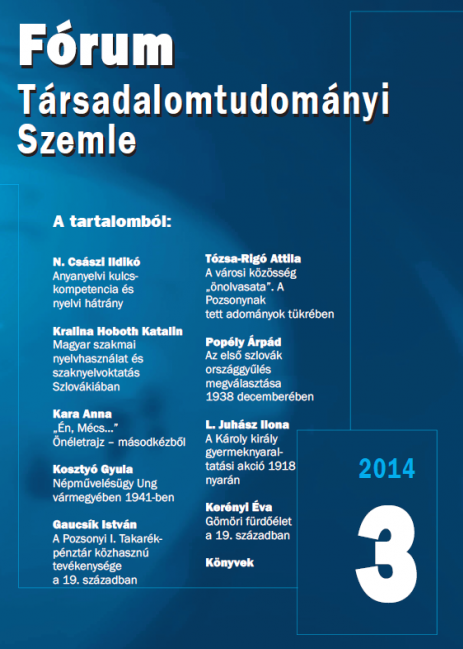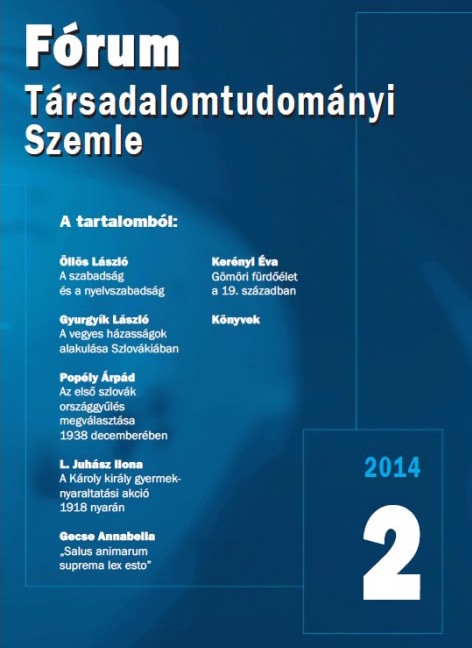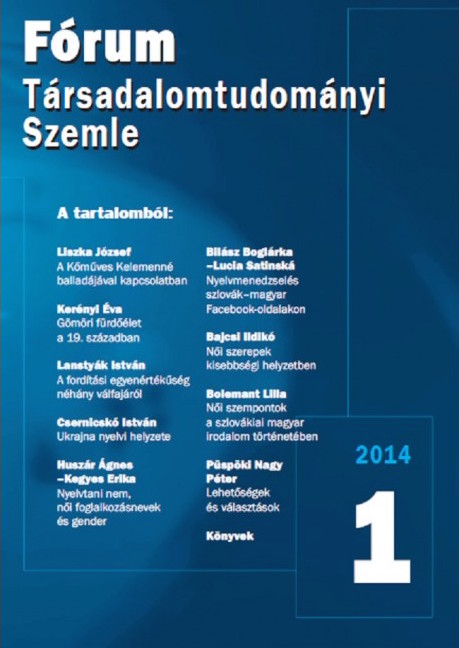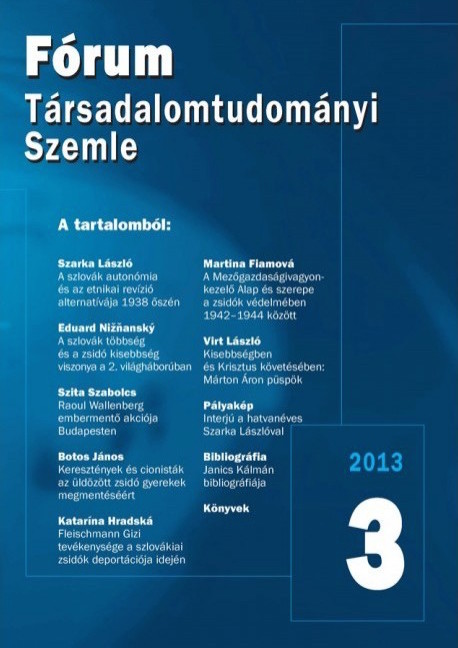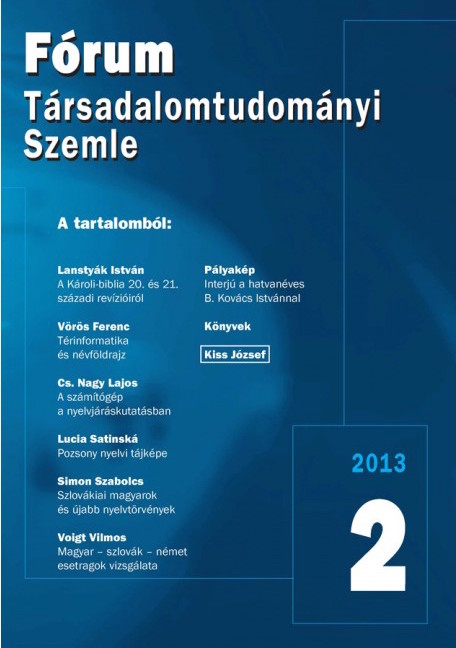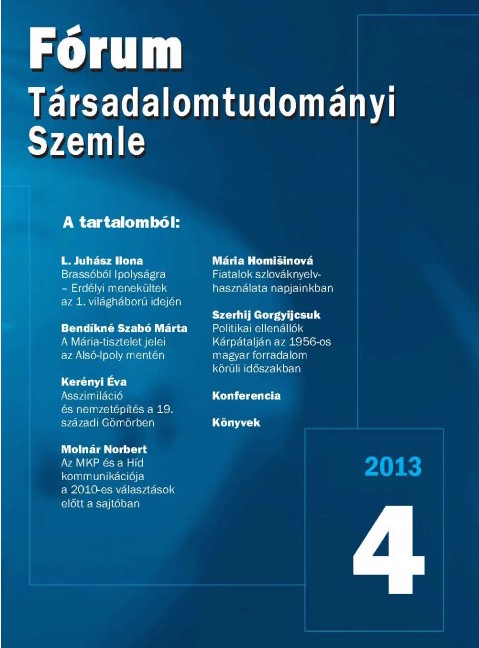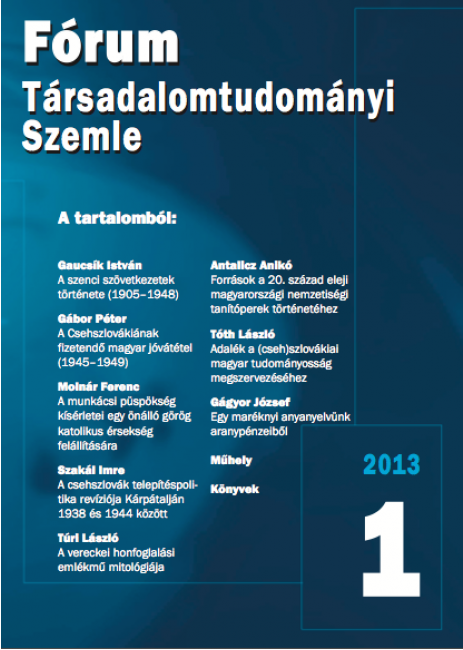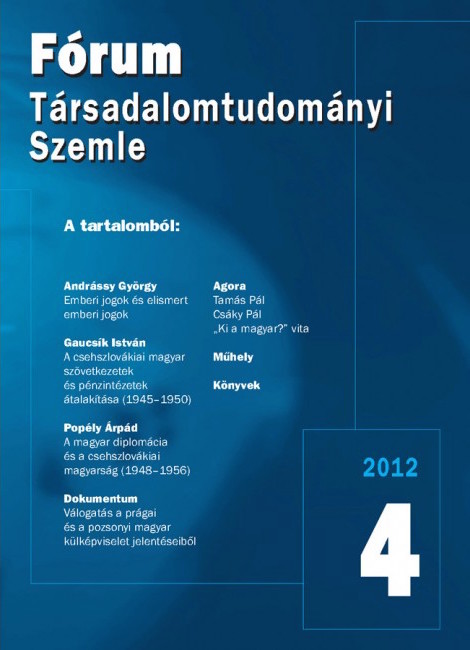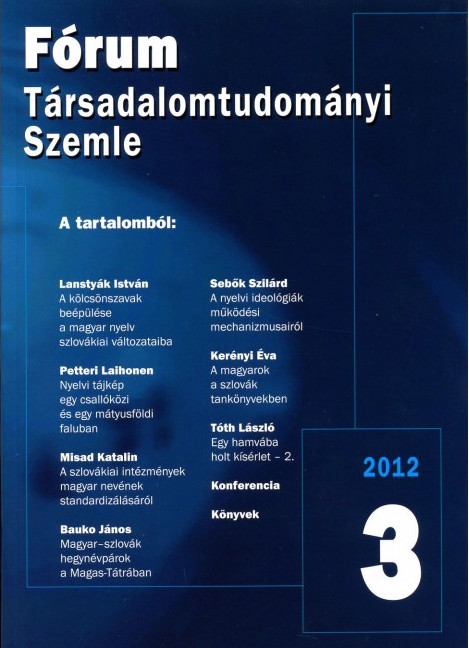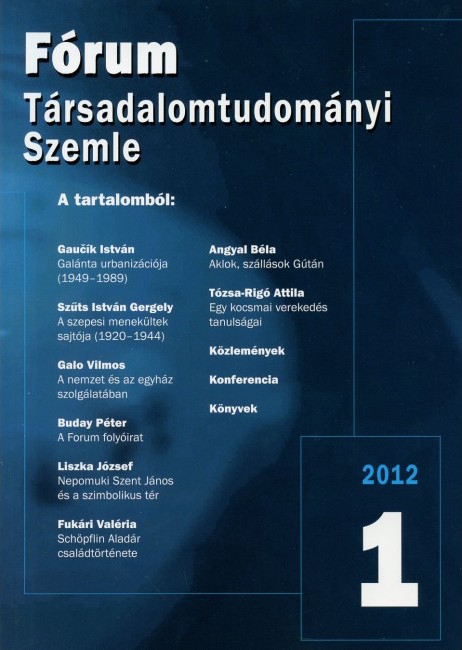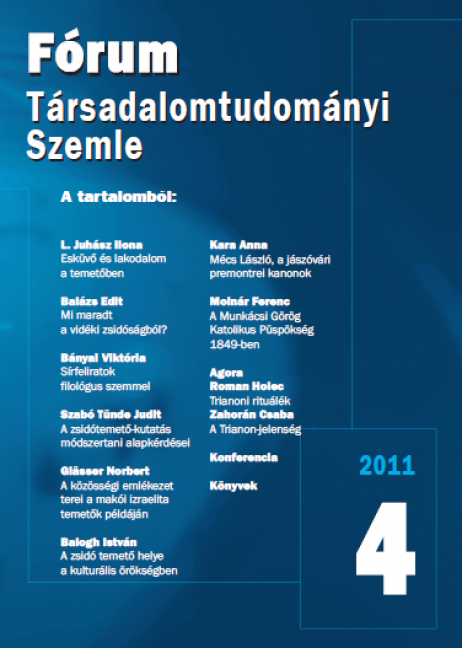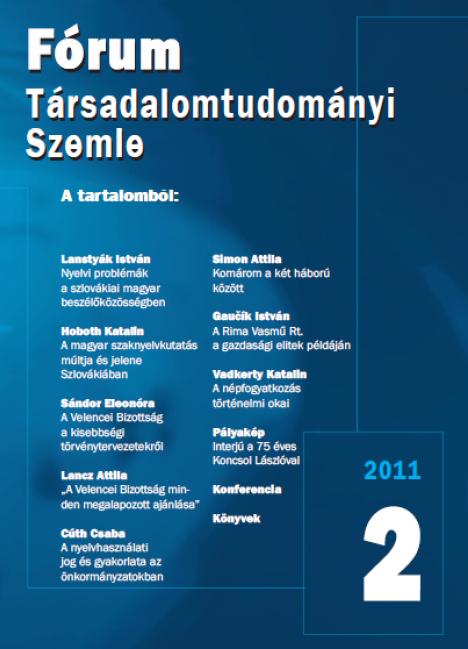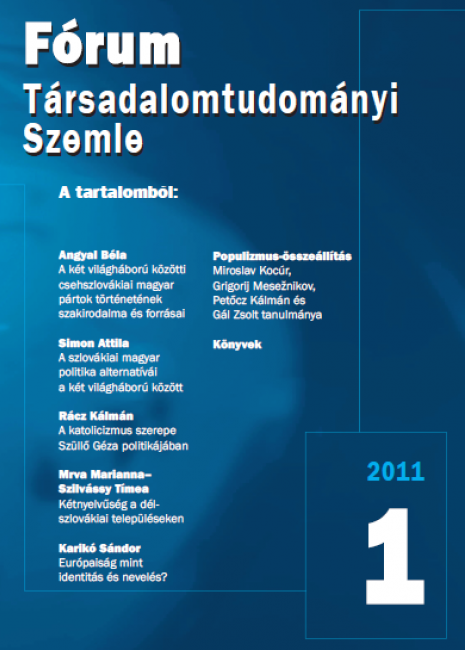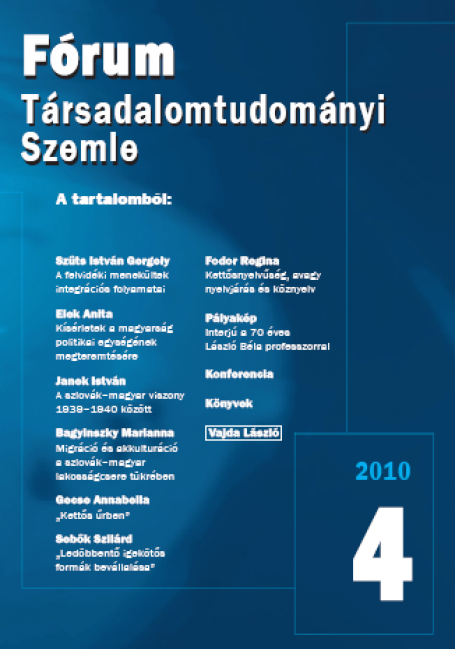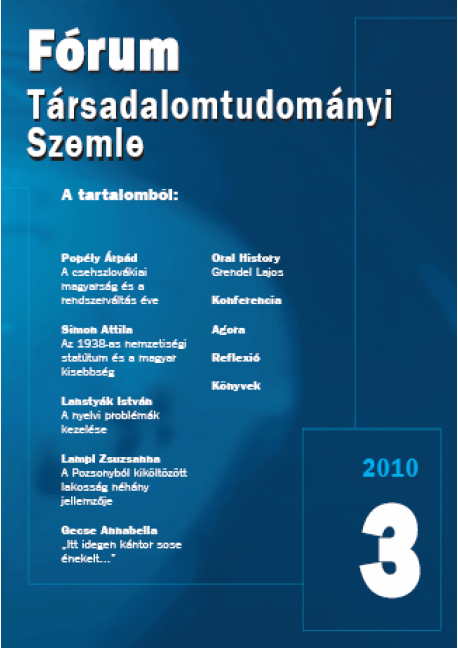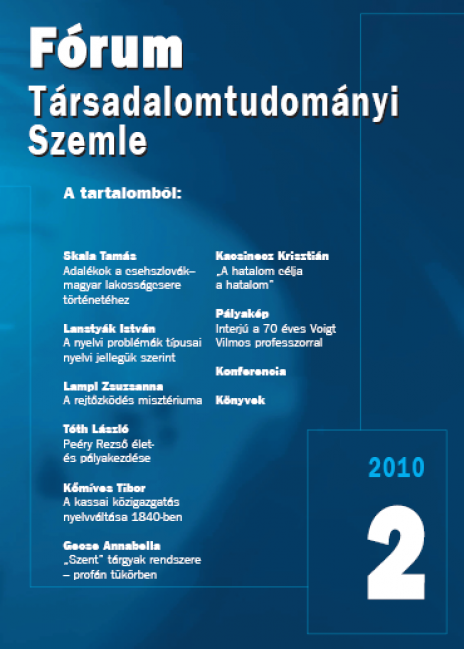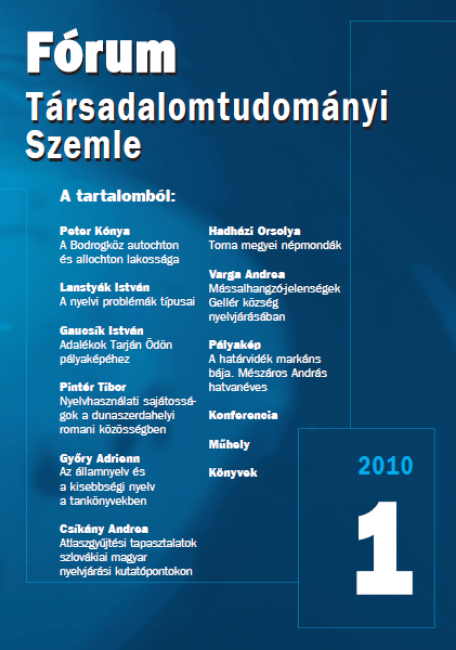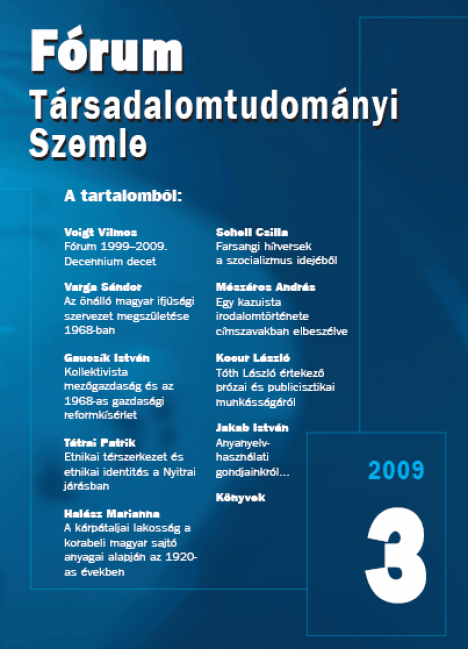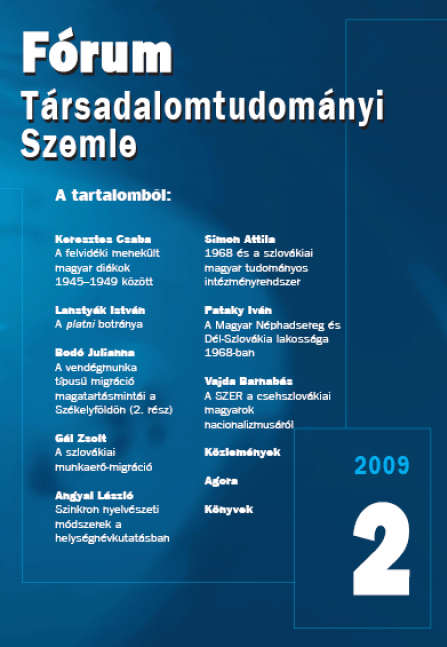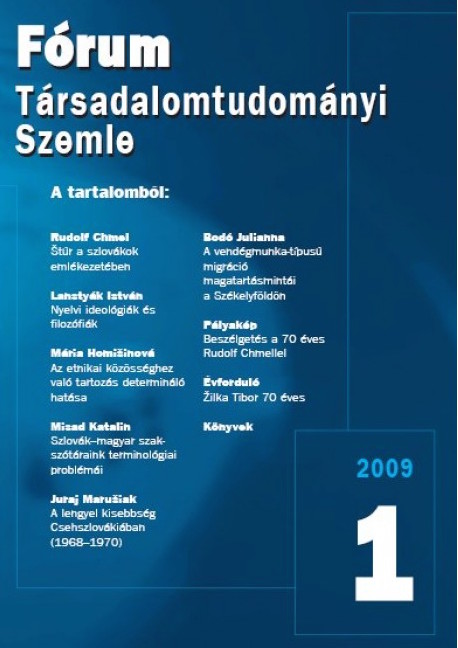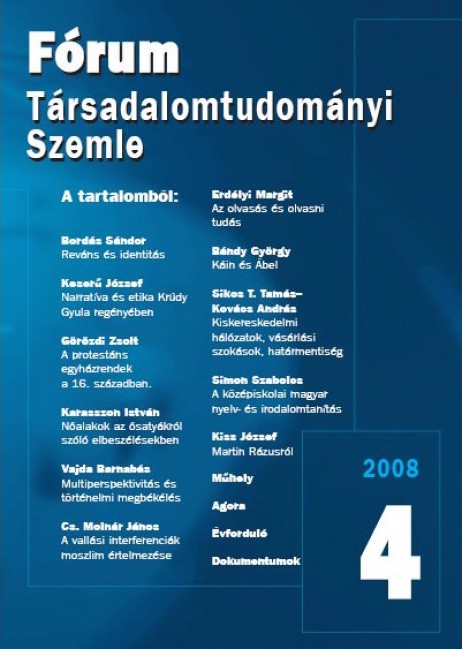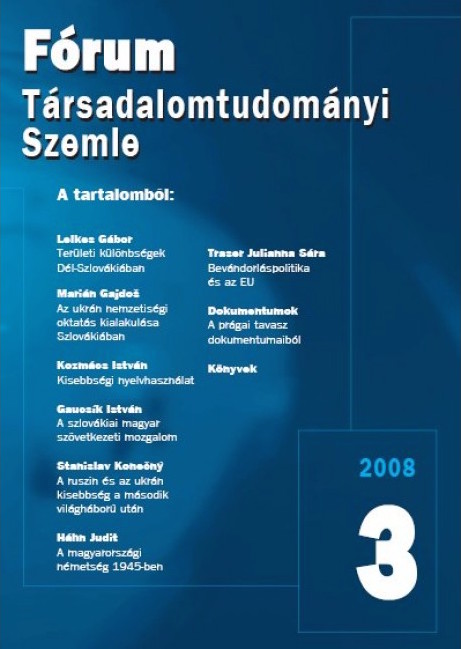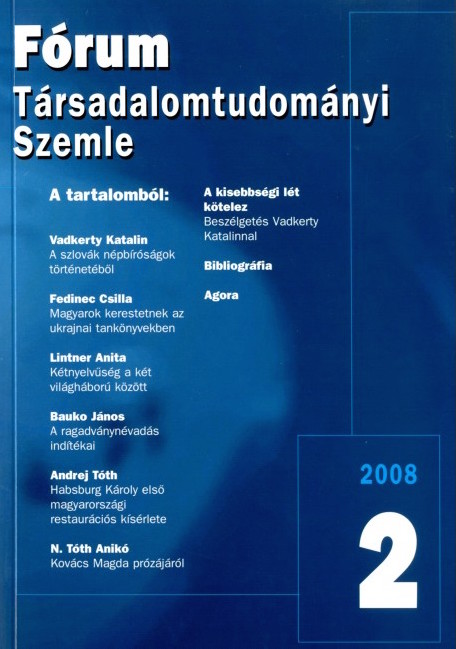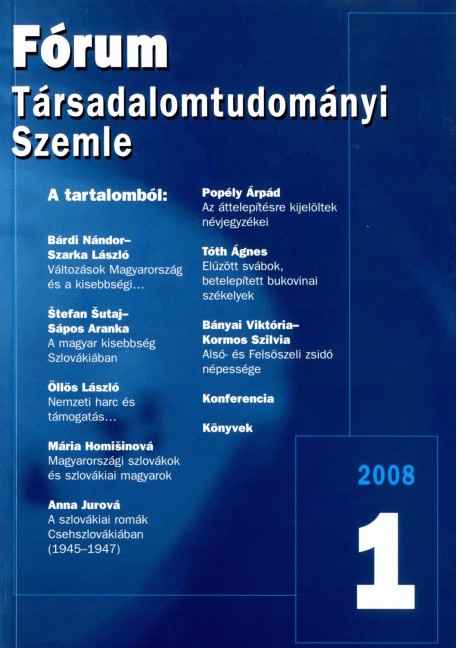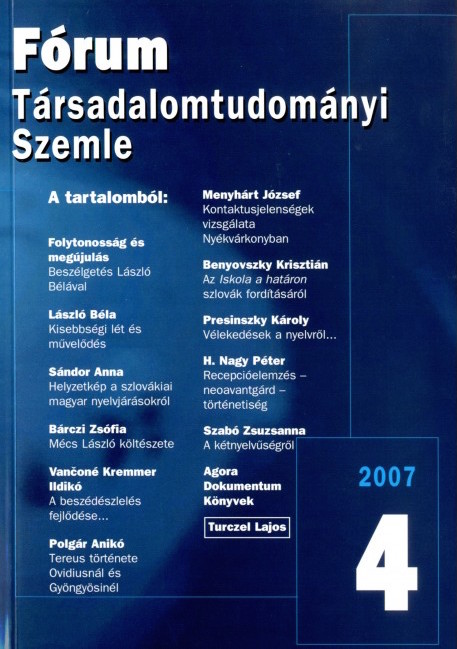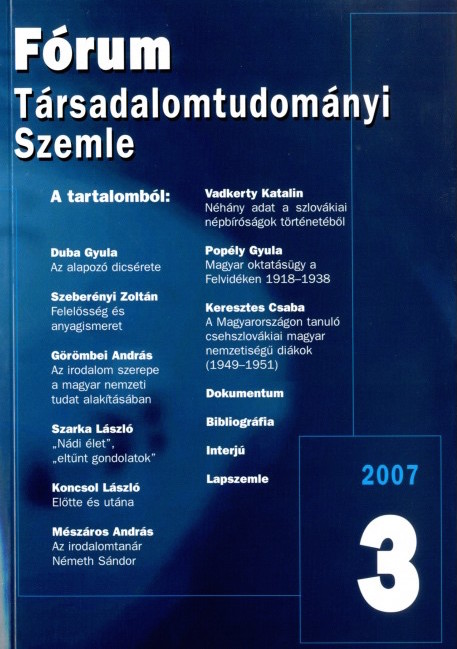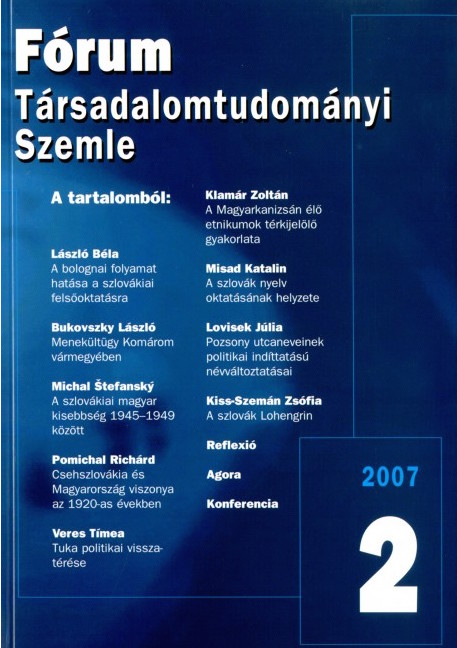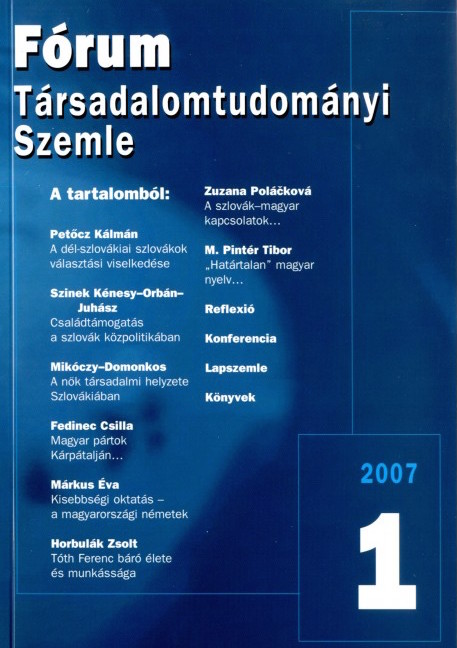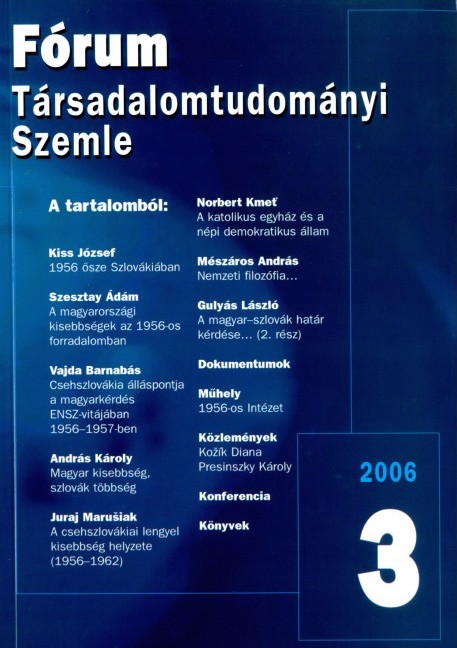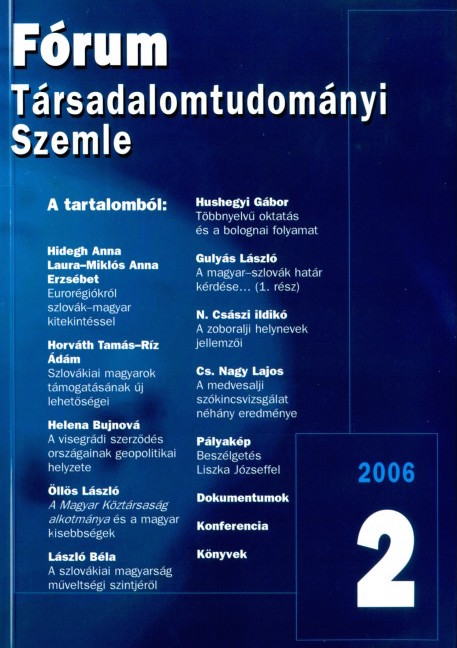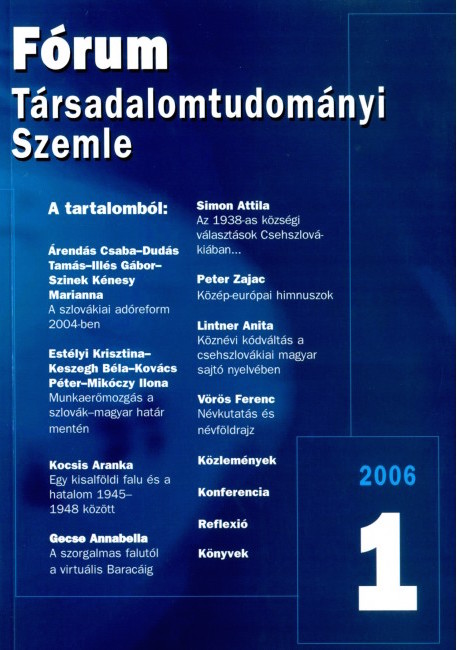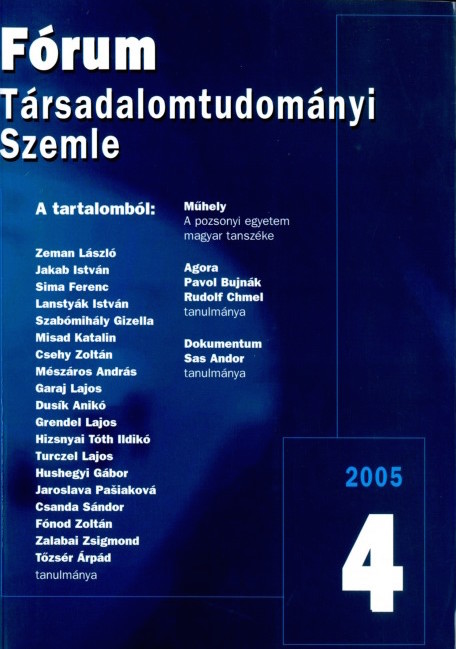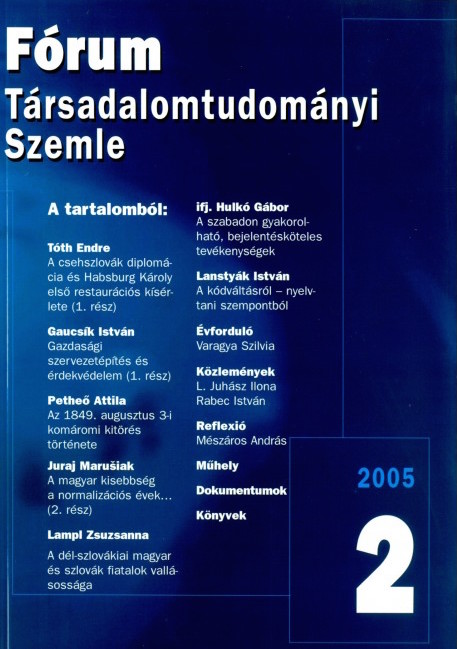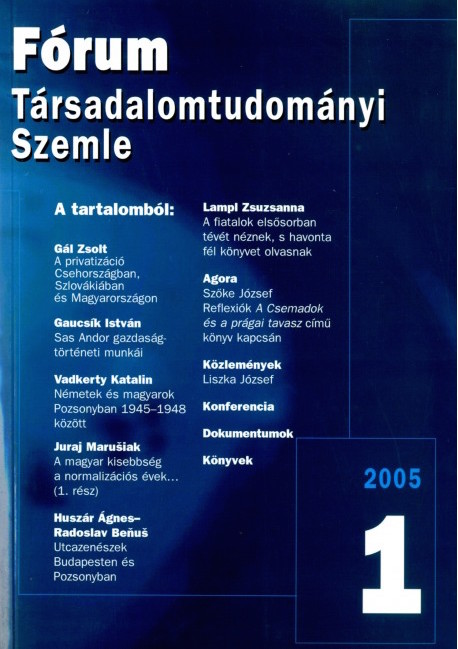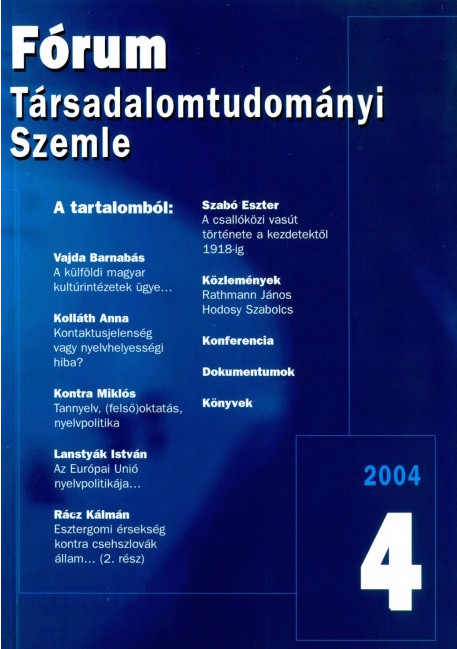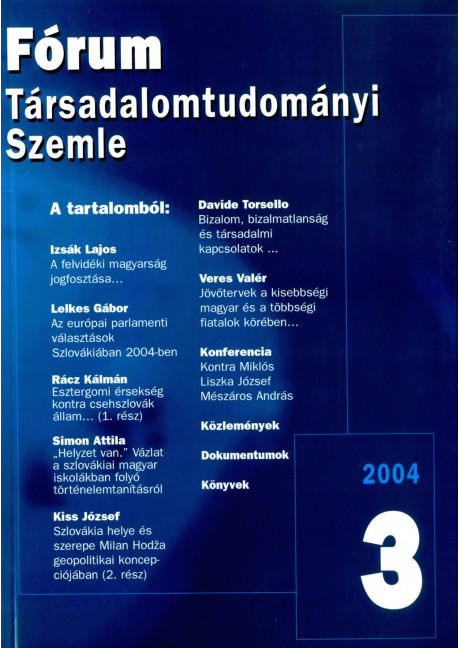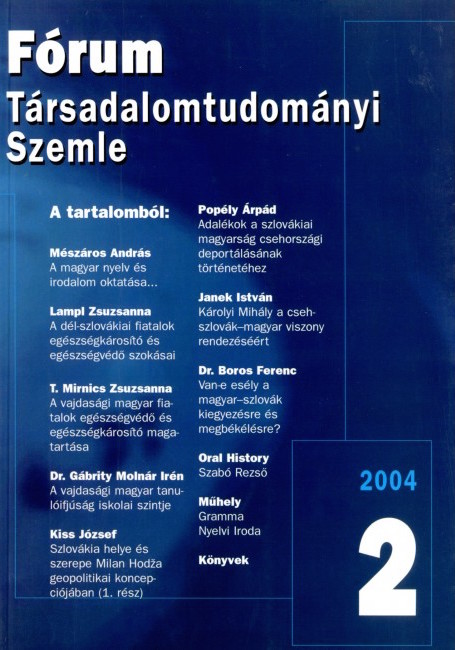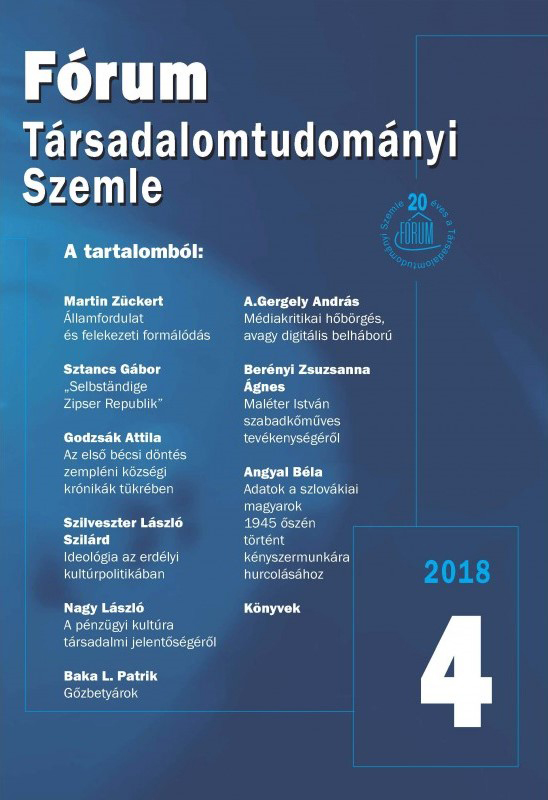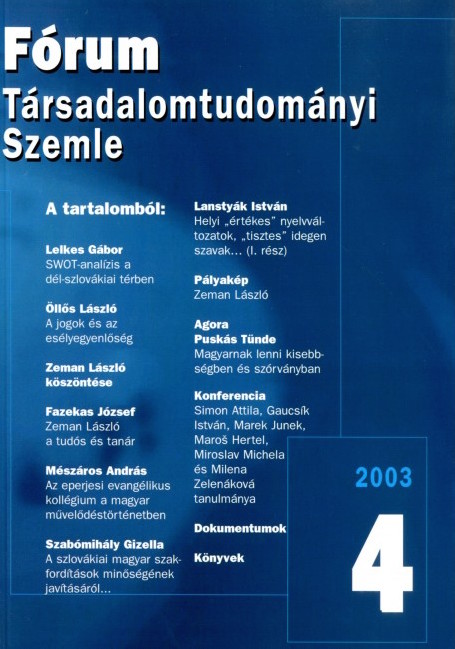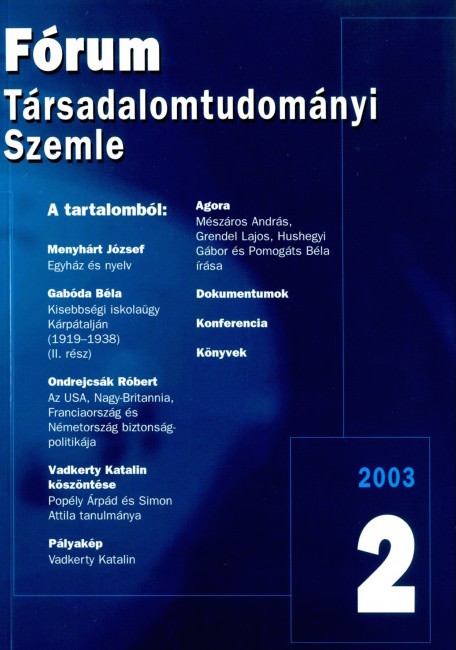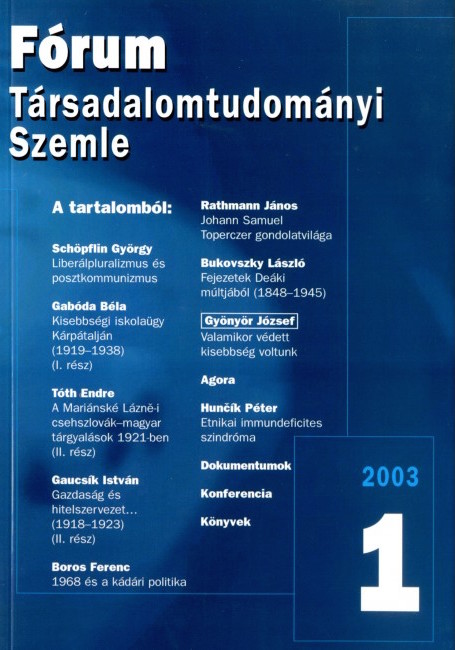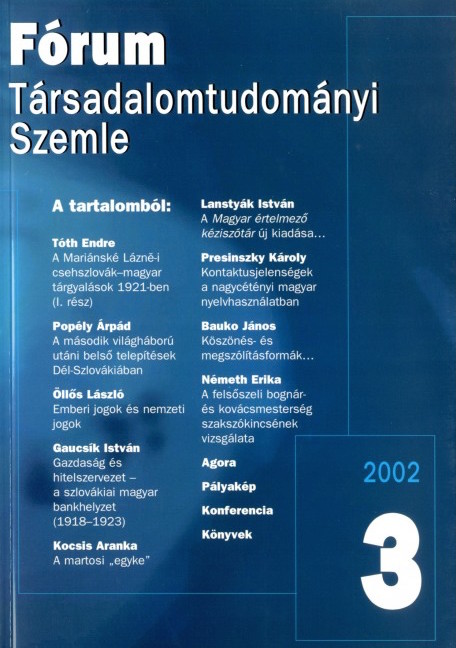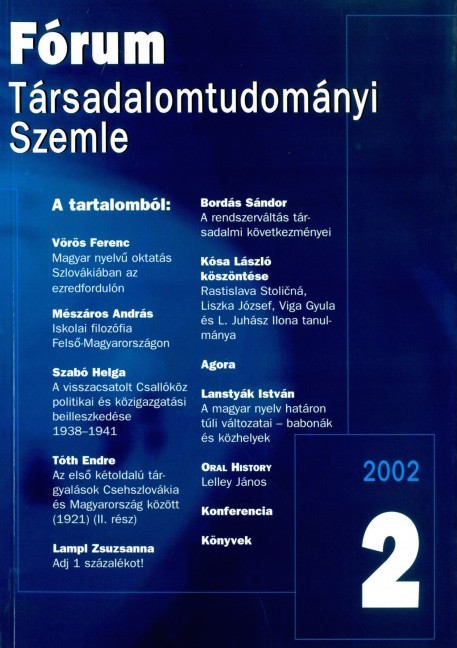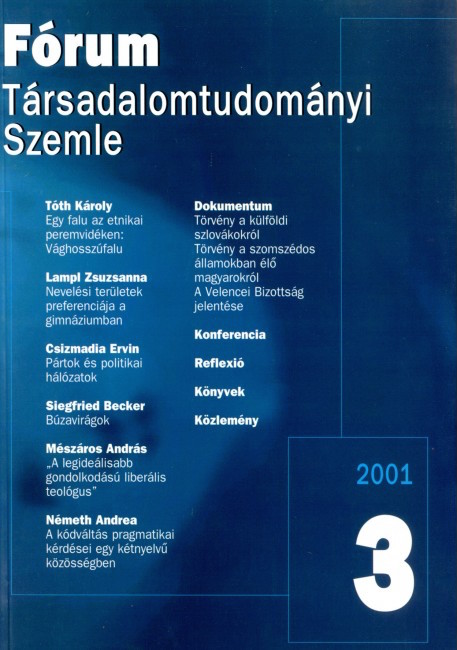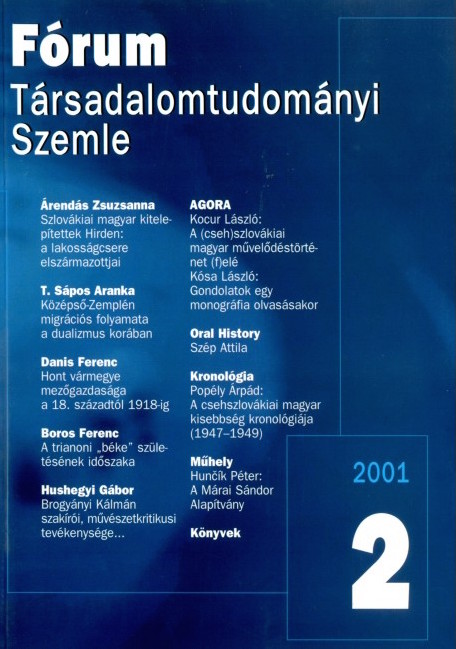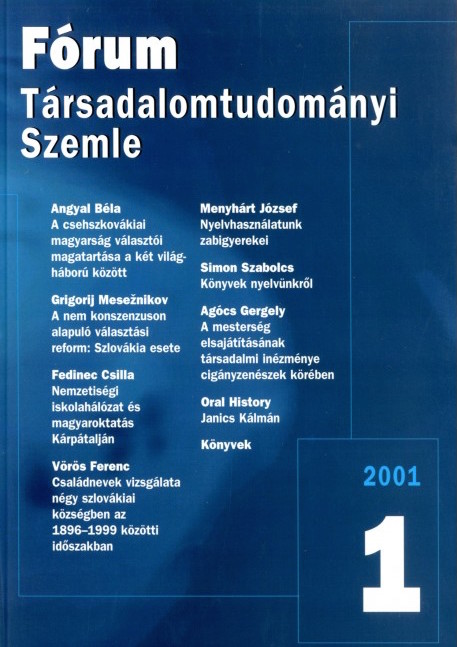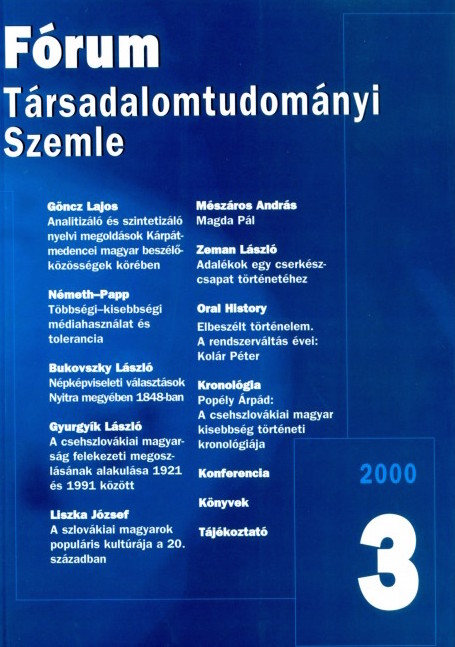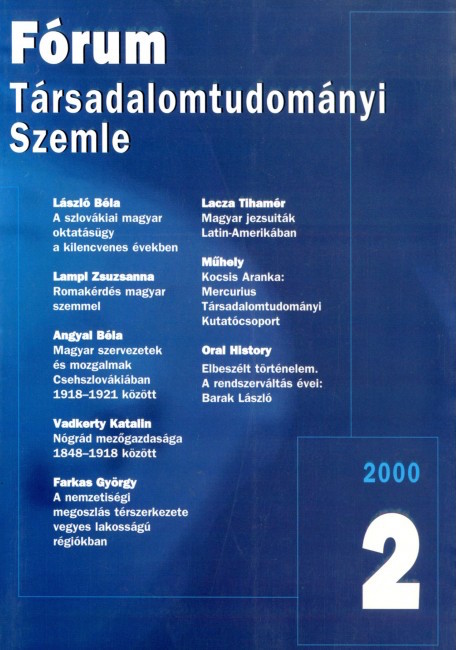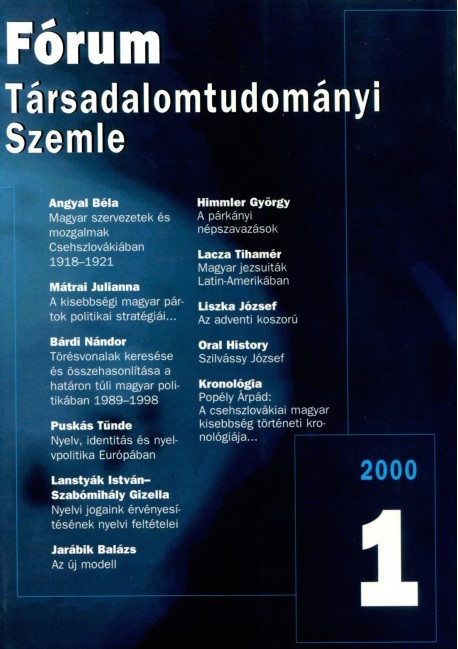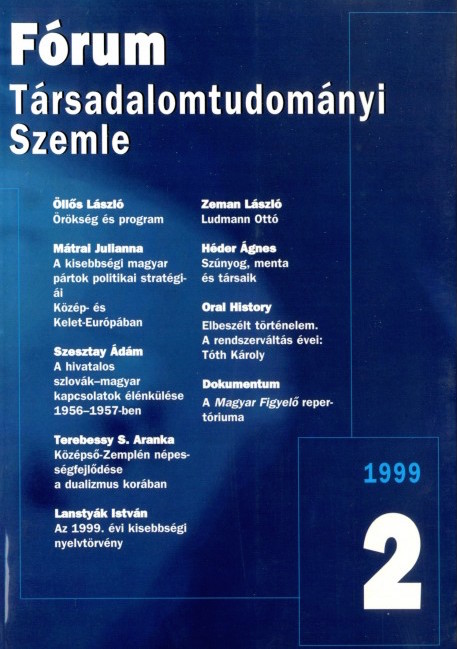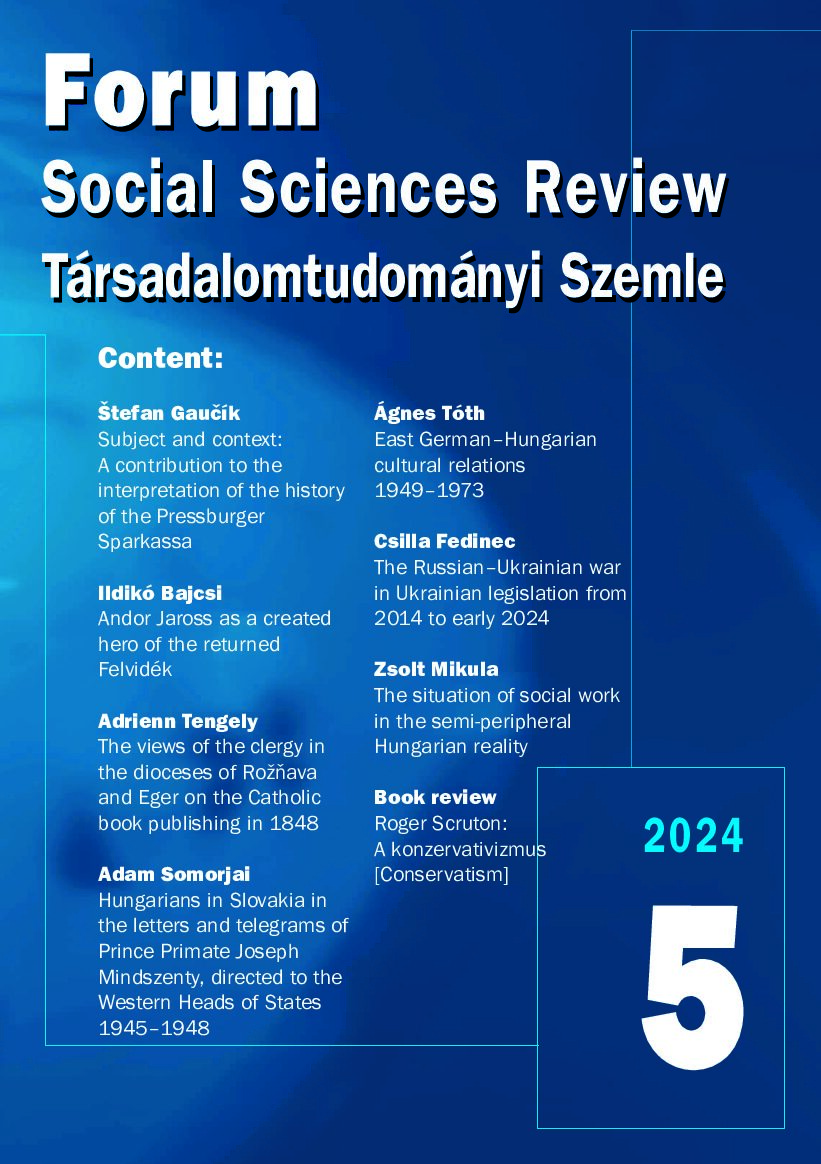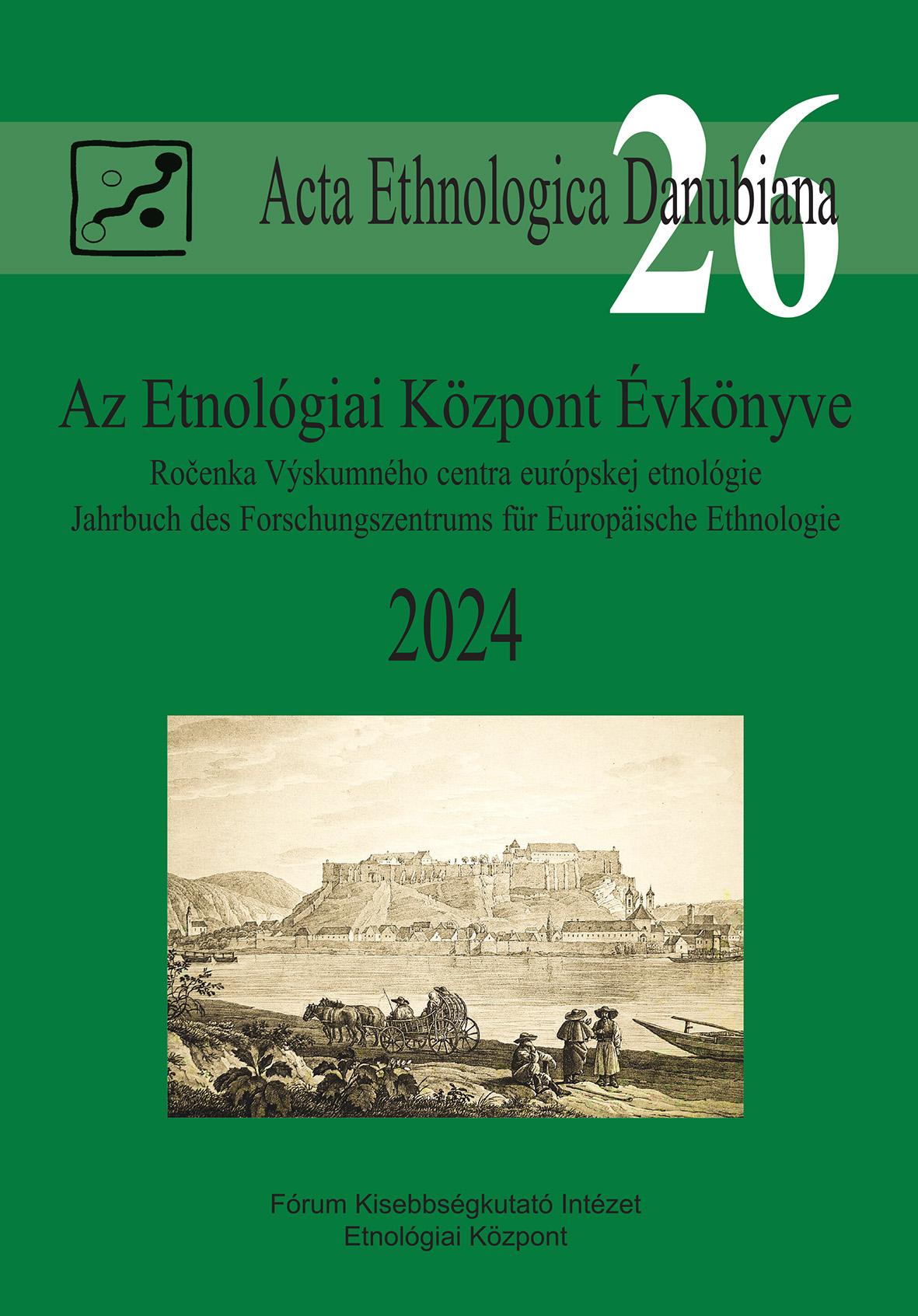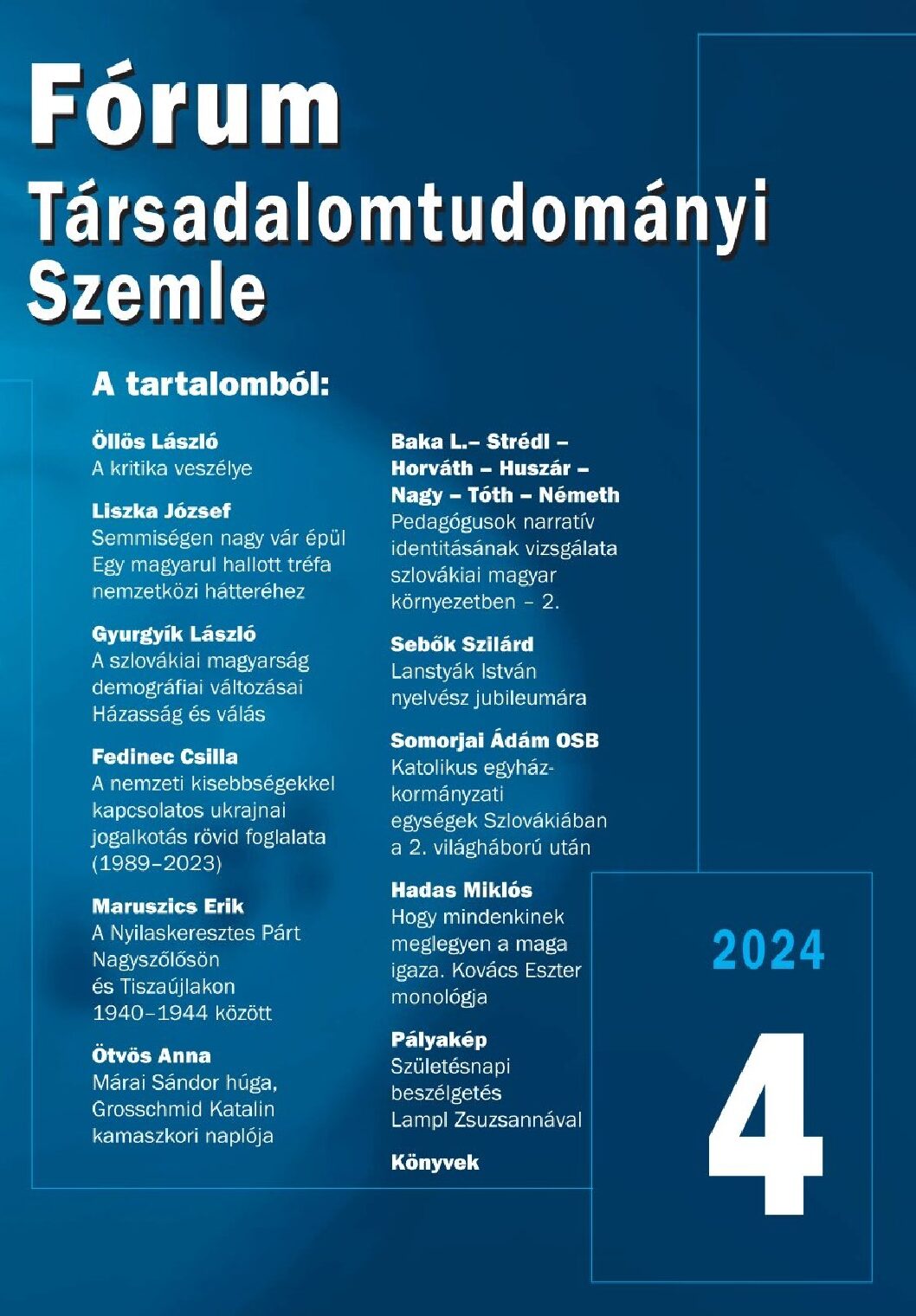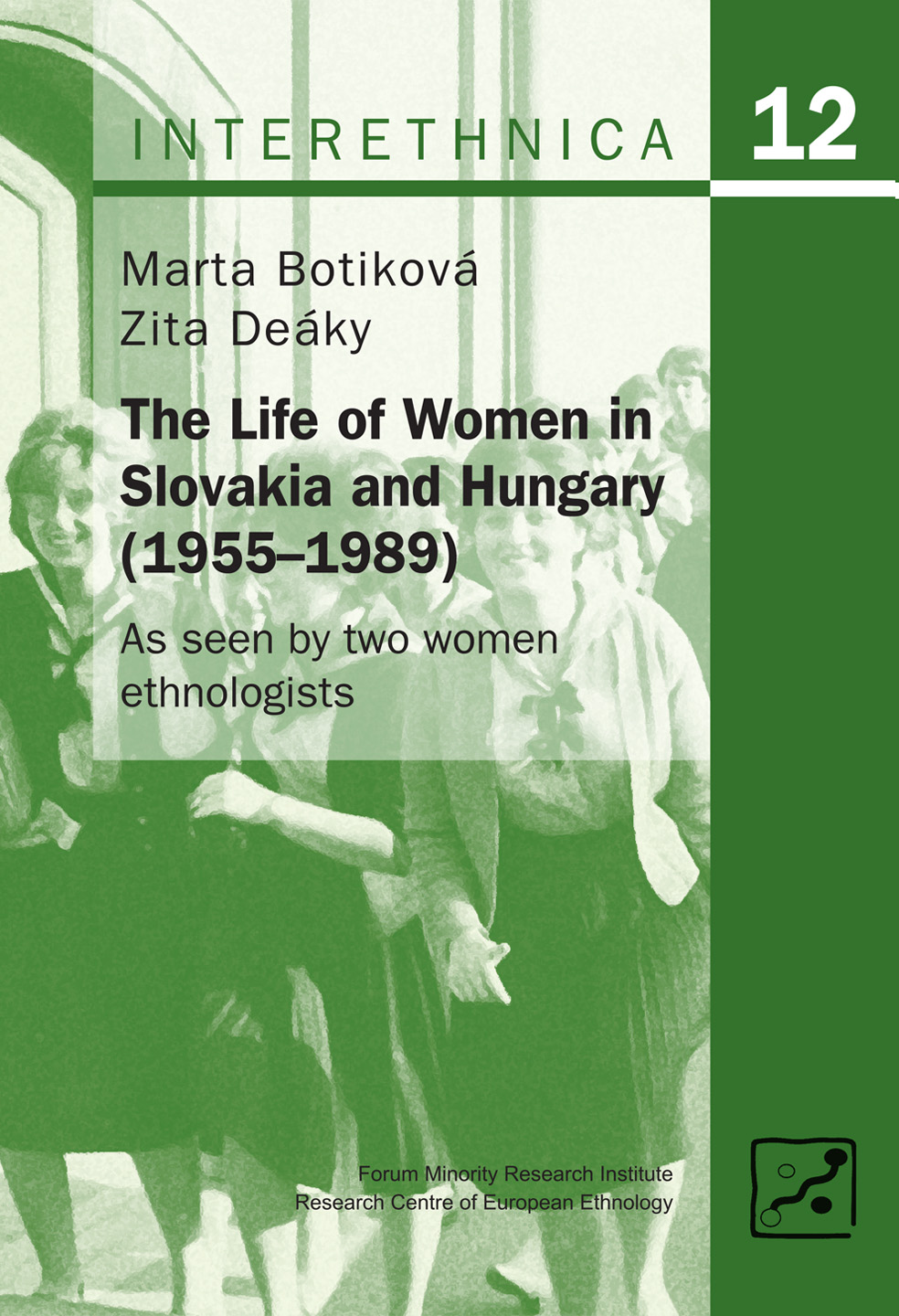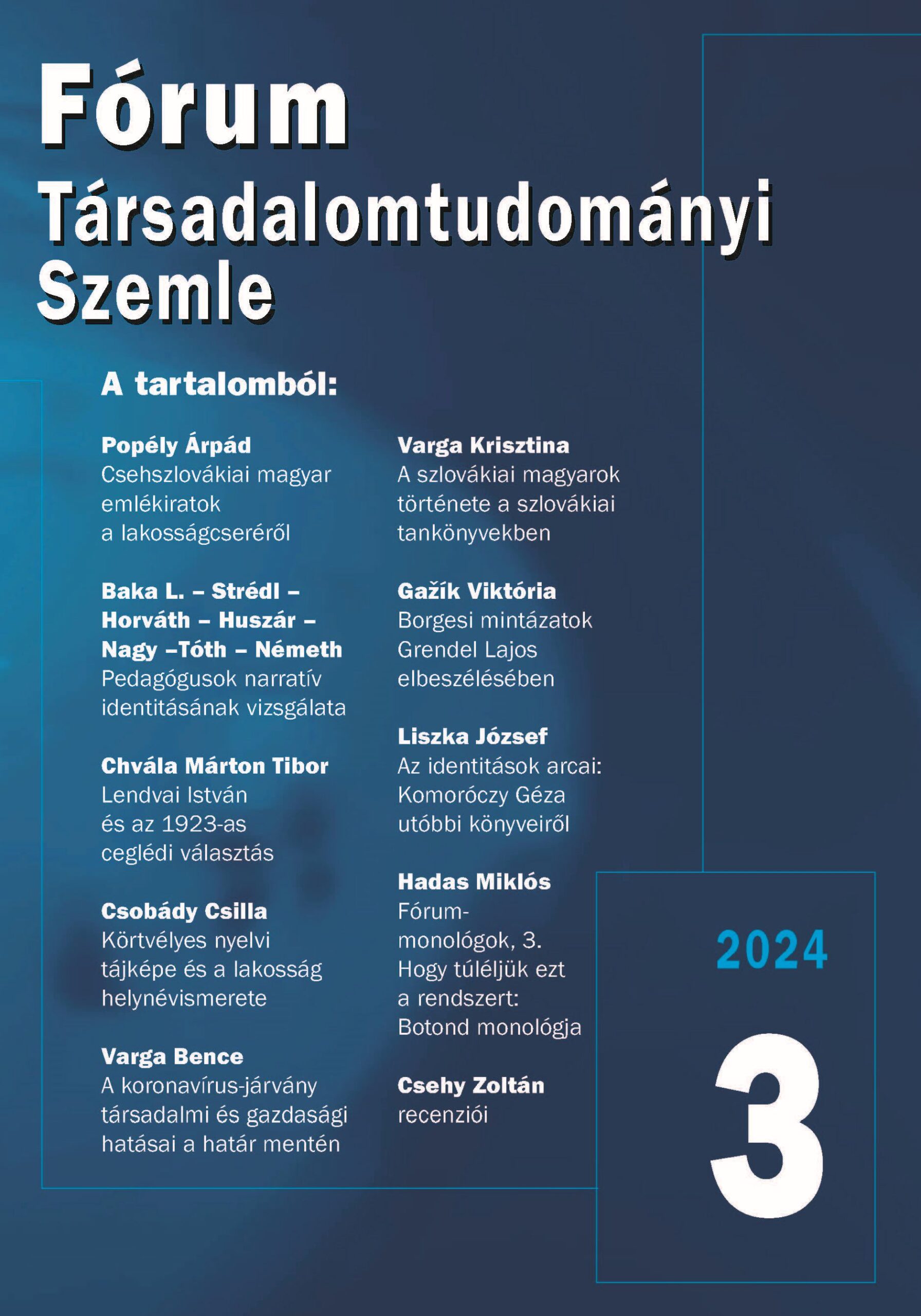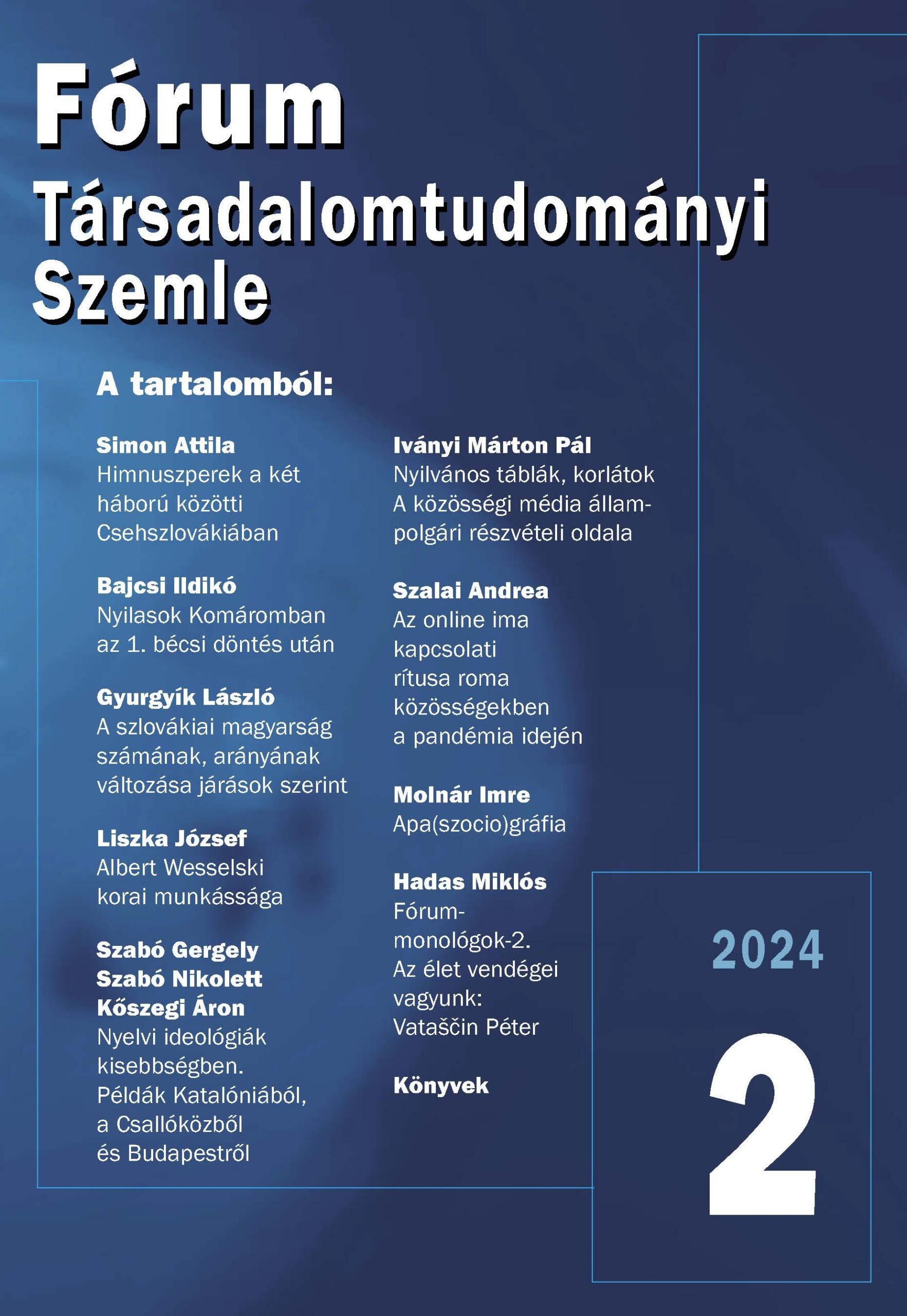Hungarian Sociolinguistics Research in the Carpathian Basin, 1985‒2021
Hungarian sociolinguistic research began in the Linguistics Institute of the Hungarian Academy of Sciences in 1985. This research program soon expanded to embrace the Hungarian communities in the countries bordering Hungary. Unlike all previous research in Hungarian linguistics, this program aims to survey the language use of 10 million Hungarians in Hungary and 3 million bi- or multilingual Hungarians in the neighbouring countries. In this paper, three major projects are briefly discussed: the Hungarian National Sociolinguistic Survey, the Budapest Sociolinguistic Interview, and the book series “The Hungarian Language in the Carpathian Basin at the End of the 20th Century”.
Bilingualism and the Linguistic Landscape of Komárno in Slovakia
The ethnic composition, and consequently, the language use and the linguistic landscape of the population of Komárno in Slovakia is continuously changing. The aim of the research on which our paper is based is to prepare the “map” of bilingualism of Komárno. Two autochthonous nationalities live in this town with a Hungarian majority. The research is rooted in a fieldwork carried out using the method of questionnaire survey, and it examines socio-linguistic, sociological and socio-psychological variables. An important viewpoint of the research is to define the nationality and the first language of the informants, since the aim of the project is to make a diagnosis on their orientations and opinions, and to make clear their attitude toward bilingualism, national self-definition and the assimilative tendencies experienced in the town.
“(…) I Am a Parish Priest in a Gorge Remote From the World”. Approaches to the Portrait of a Parish Priest in Bodrogköz and the History of Hungarian Catholic Public Life in Slovakia
The author attempts to examine the Hungarian Catholic public life in Czechoslovakia between the two world wars by combining the tools of regional research and biography. The study examines the life of Béla Petrik, the former parish priest of the village of Rad, and guides the reader through the years following the change of sovereignty in various aspects. In addition to the social composition of the Bodrogköz (Medzibodrožie) as a region, Béla Petrik’s connections with the bishops of Košice (Ágoston Fischer-Colbrie, Jozef Čársky), the parish priests and spiritual leaders of the area, and prominent figures of Catholic associational life are described in separate subsections. The peripheral position of Rad in the Bodrogköz region (Košice county, Trebišov district, Slovakia) and the personality of Béla Petrik were considered by the author to be suitable for assessing the social impact of Hungarian Catholic public life in Slovakia.
Faith and Patriotic Instinct for Life. Excerpts from the History of the Premonstratensian Order in Jászóvár (1918–1923)
After its restoration in 1802, the Premonstratensian Order of Canons of Jászóvár (today Jasov, Slovakia) flourished in the mid-1900s. On 30 October 1918, the seat of the Order, Jászóvár, became de facto part of the new state of Czechoslovakia. In 1919, the secondary educational institutions and colleges of the Premonstratensians in Rozsnyó (Rožňava) and Kassa (Košice), were forcibly nationalised. As a result of the Treaty of Trianon, the property of the Order was geographically divided among three countries—Czechoslovakia, Romania, and Hungary. From the headquarters in Jászóvár, Provost Ferenc Menyhért Takács O.Praem. led the Nagyvárad (Oradea) and Budapest branches with the interposition of vicars. The Czechoslovak and Romanian authorities did their utmost to make the life of the Premonstratensians of Jászóvár unviable. On 7 June 1922, the Holy See elevated the provostship of Jászóvár to the rank of abbatia nullius, but the practical implementation of this was prevented by diplomatic backroom dealings and lawsuits in state and church politics.
Between 1919 and 1923, several Premonstratensian monks were expelled from Czechoslovakia.



